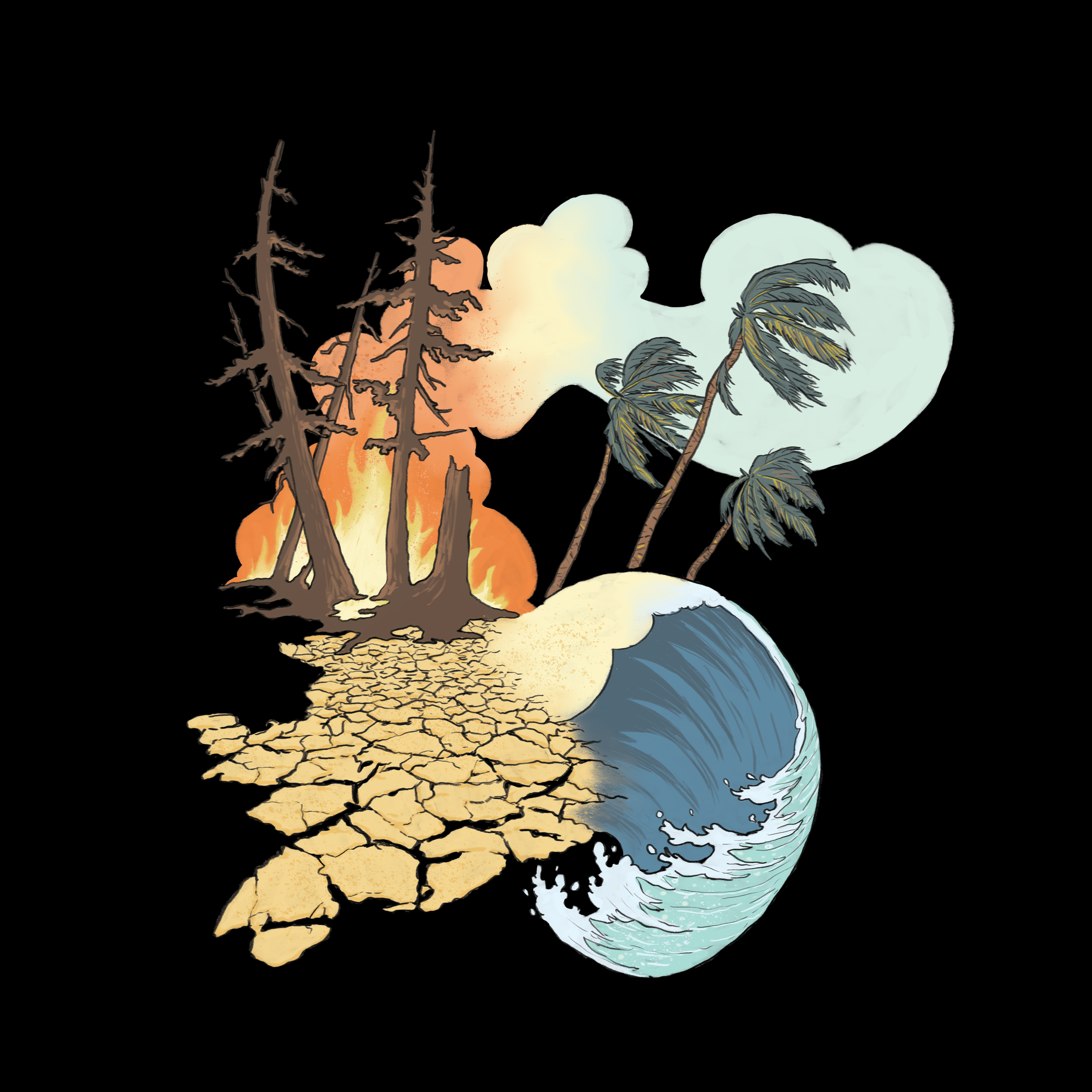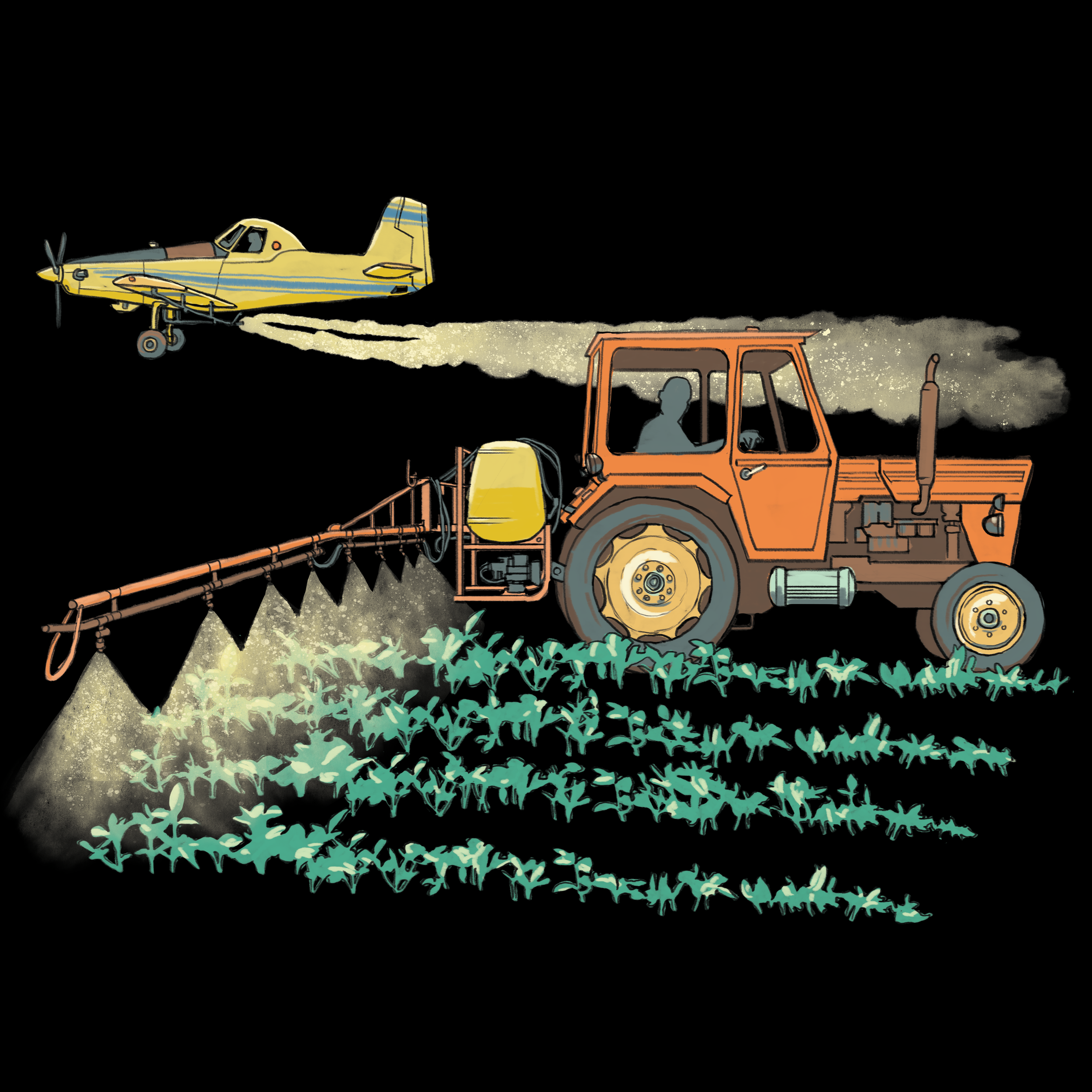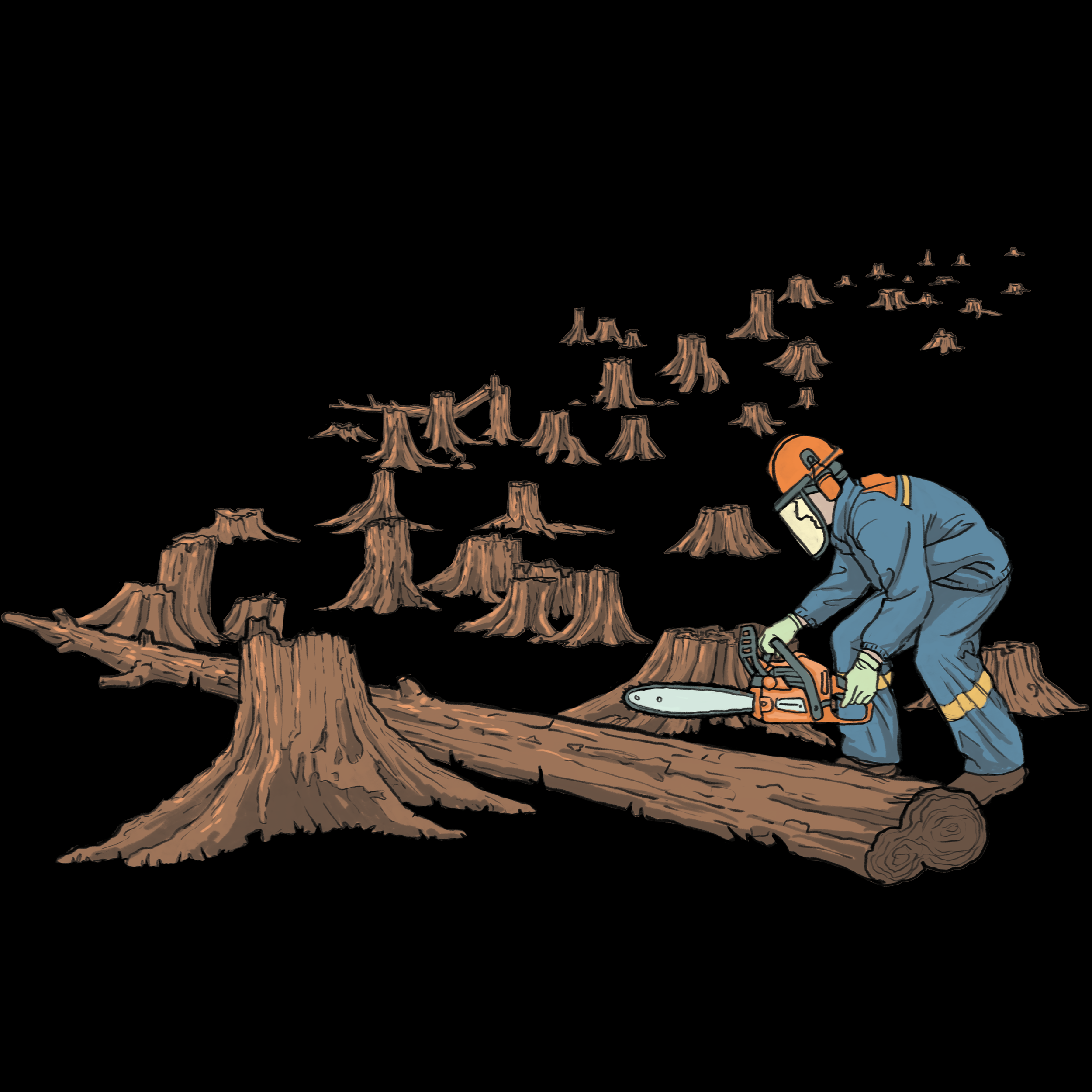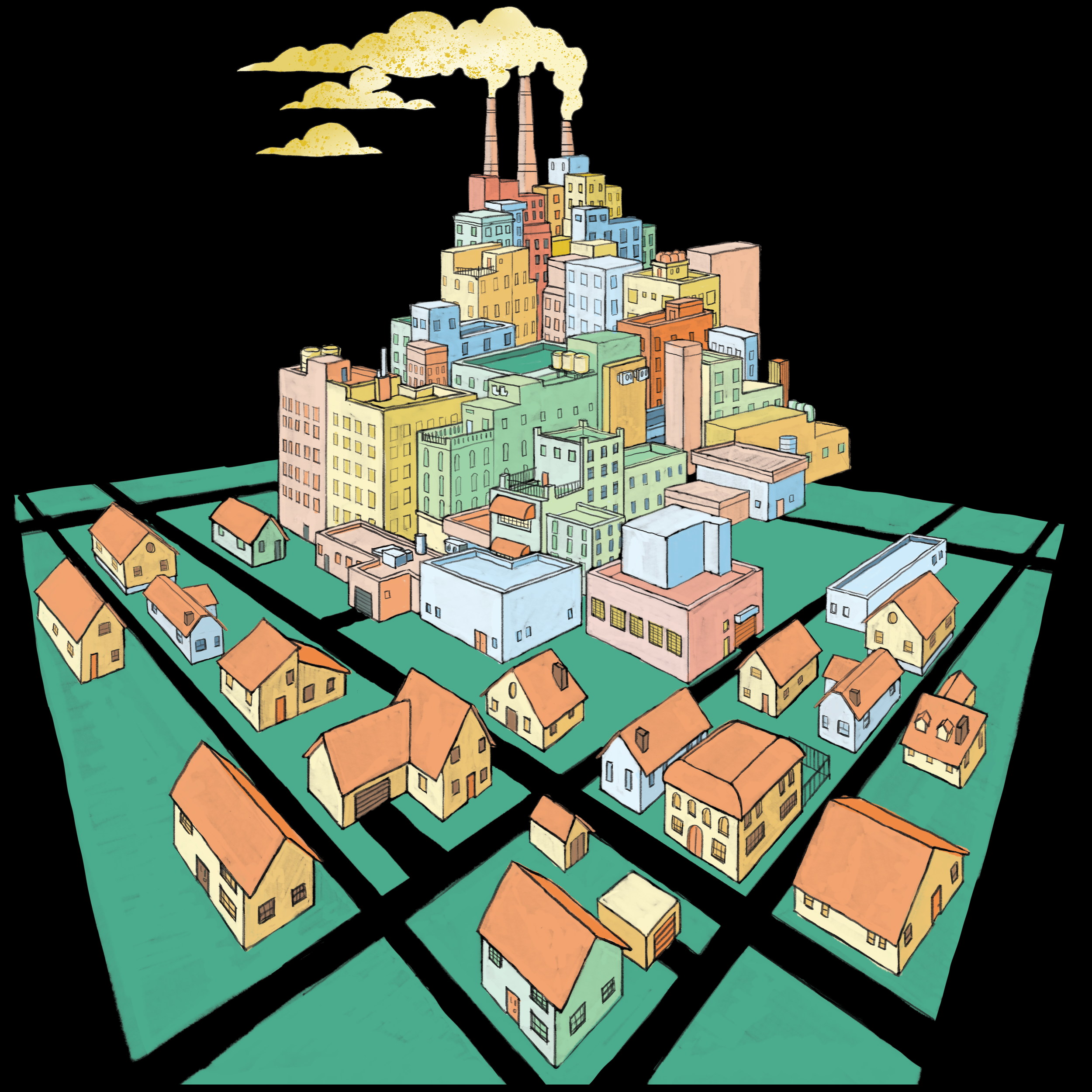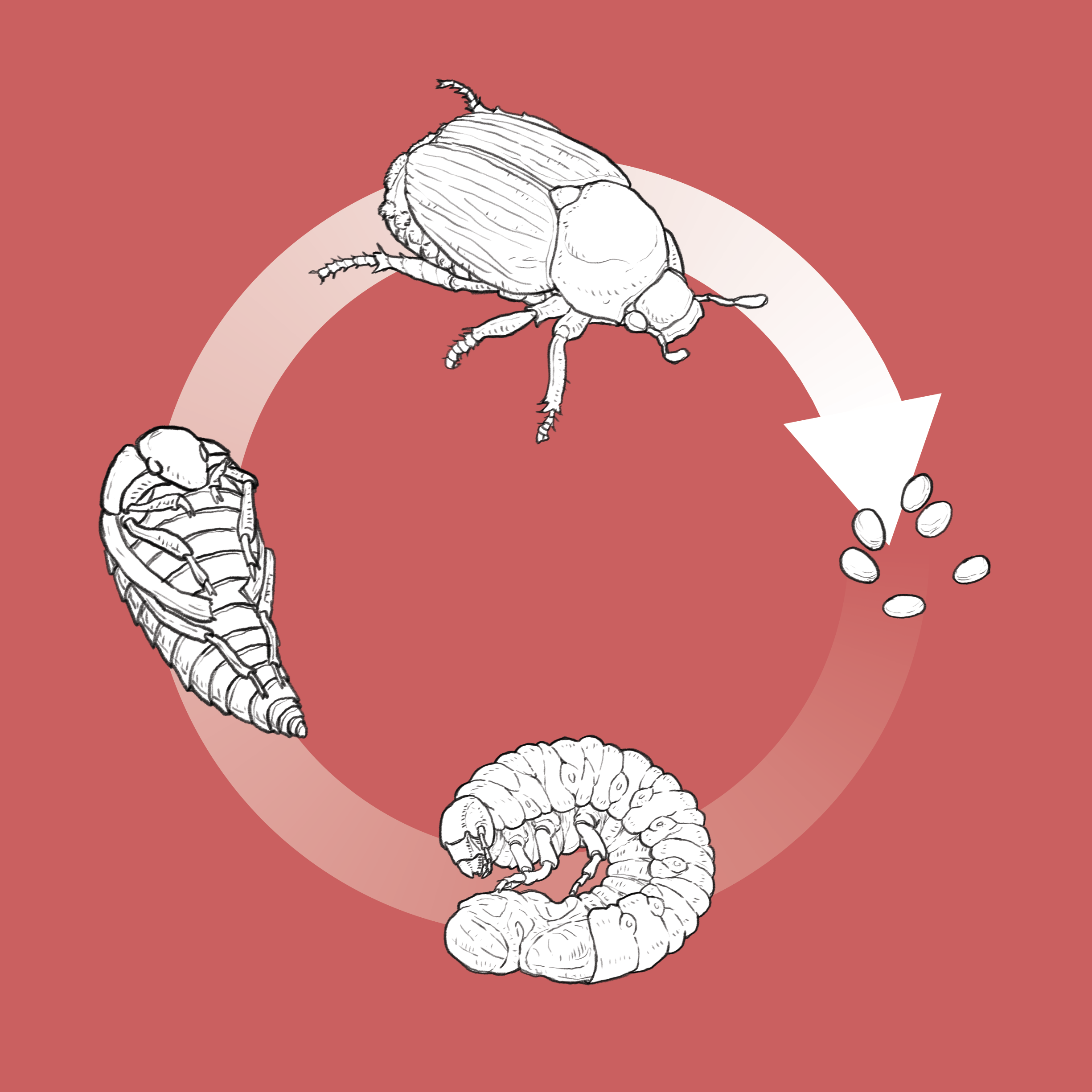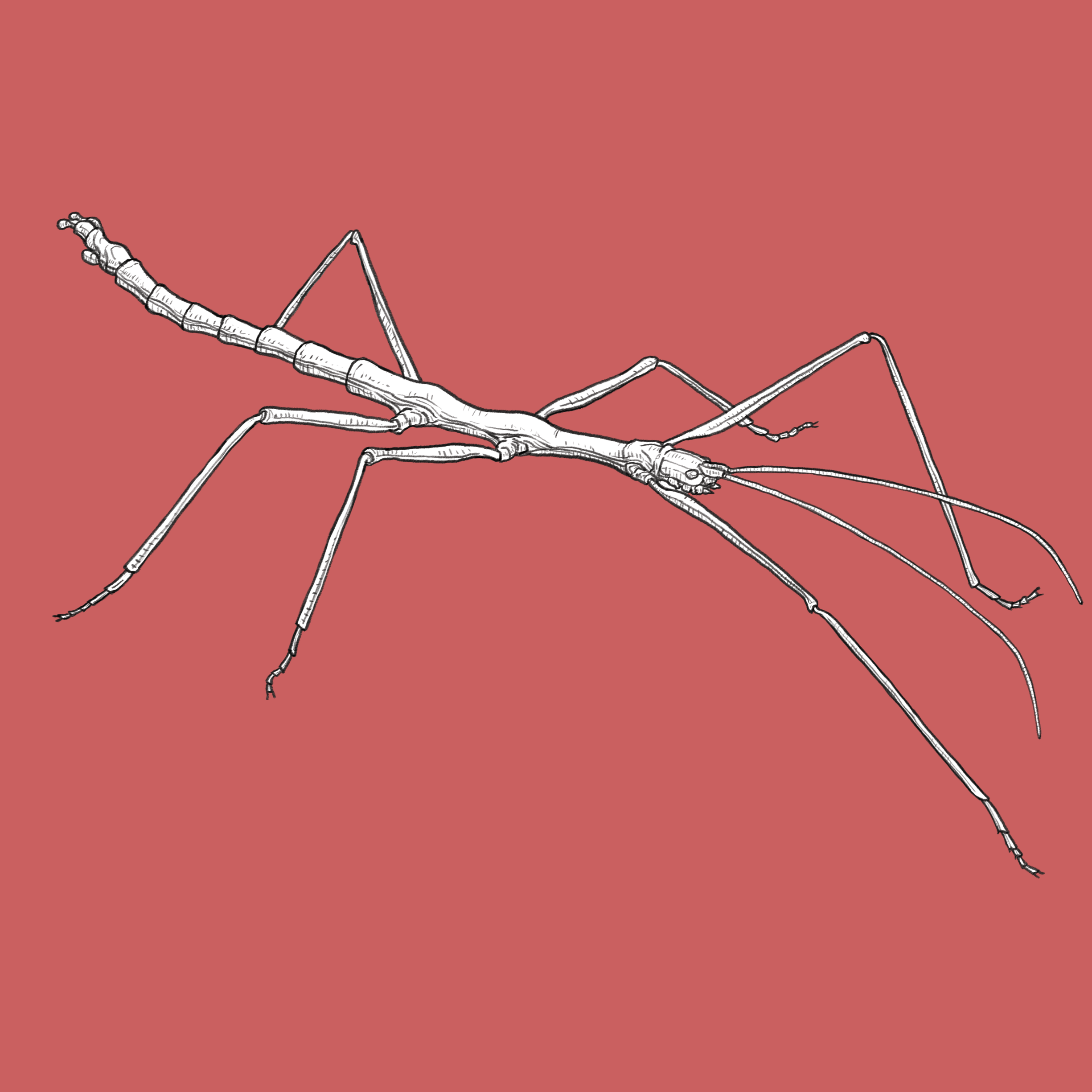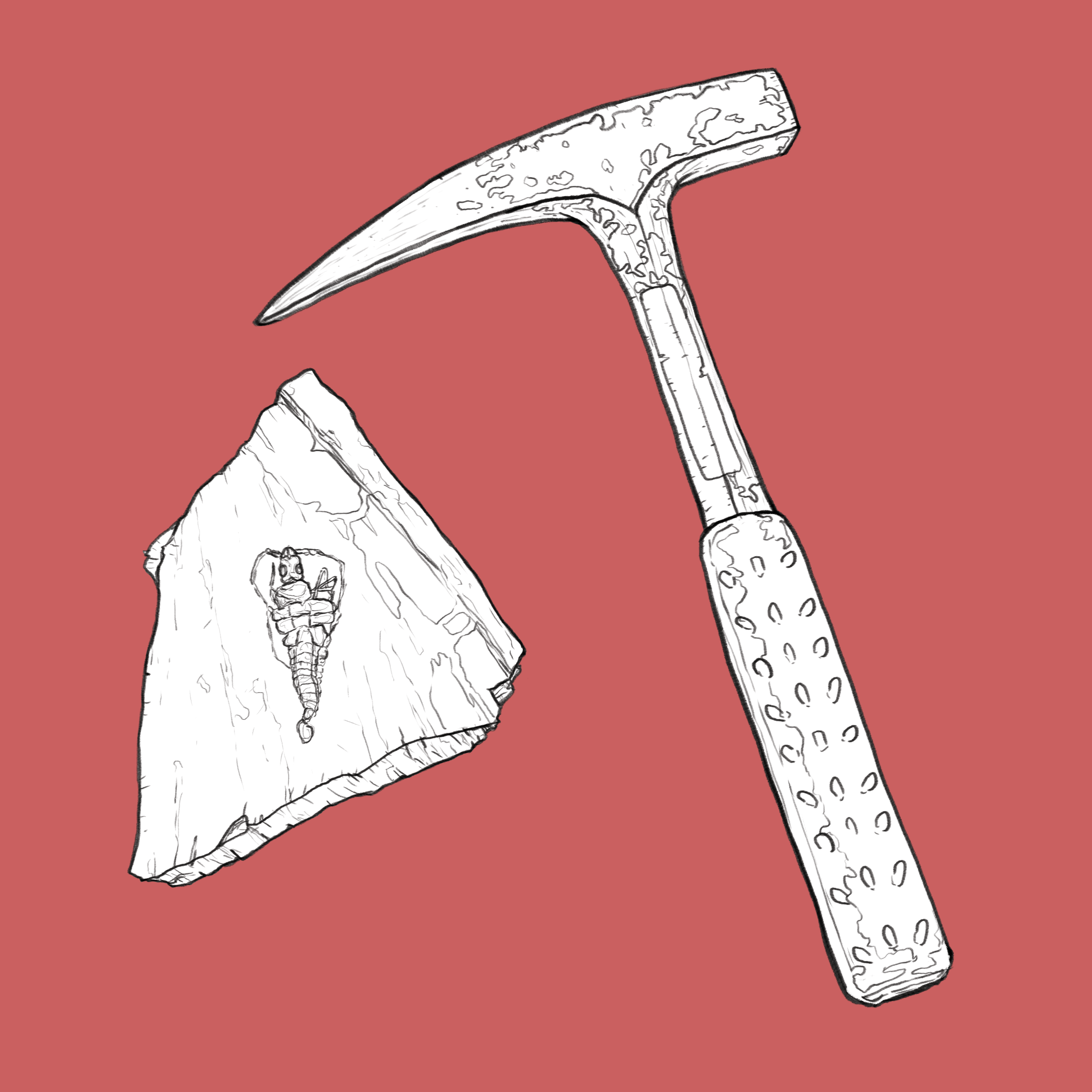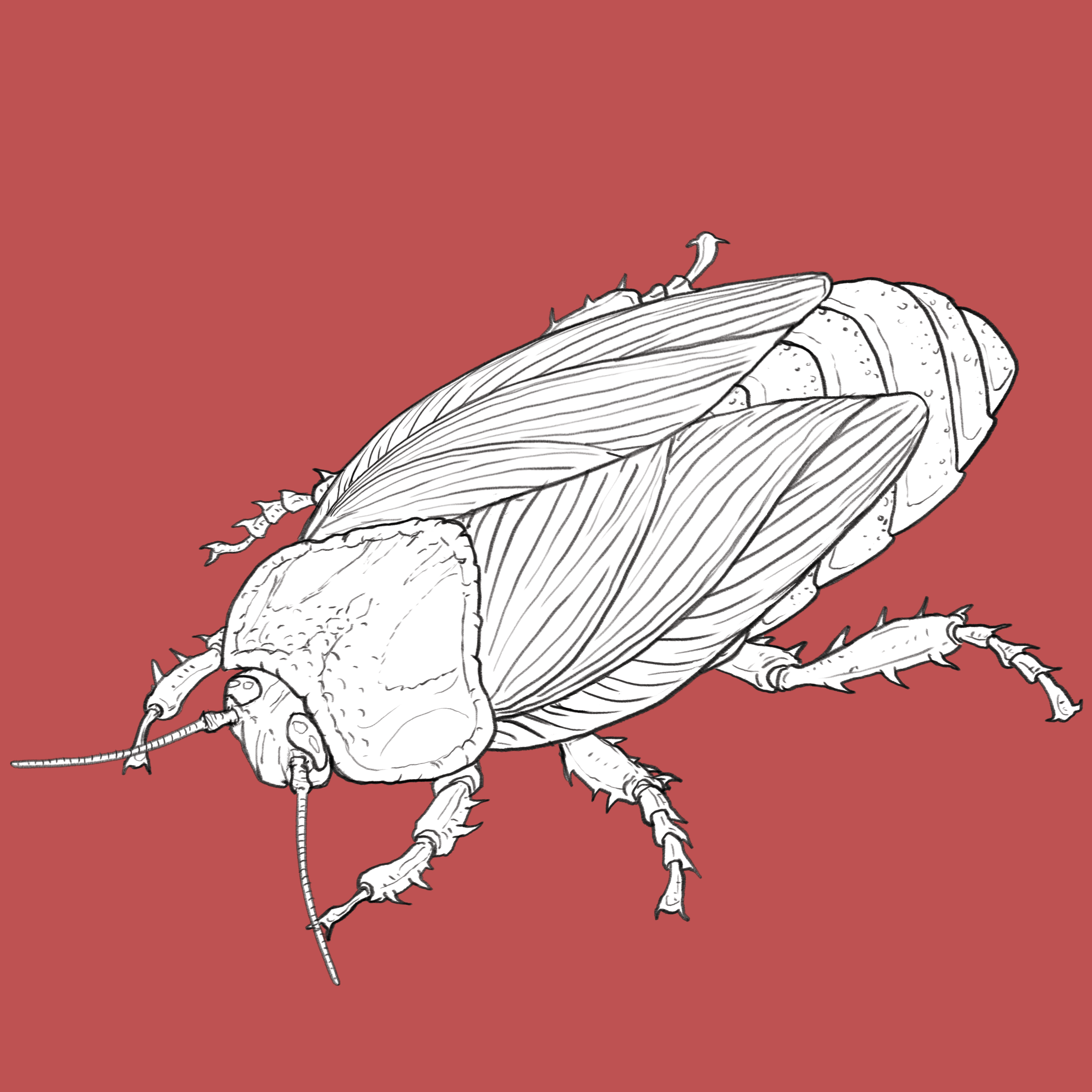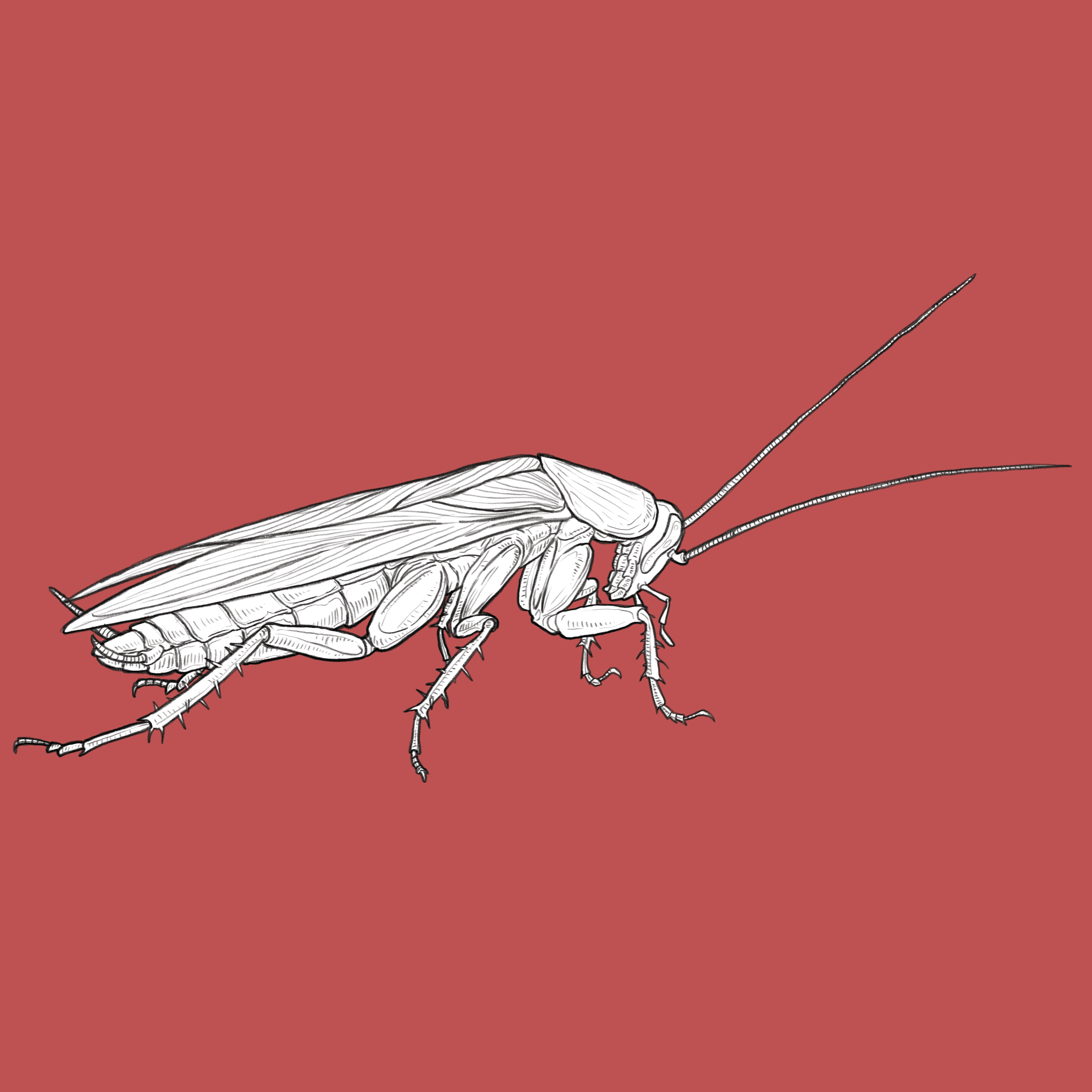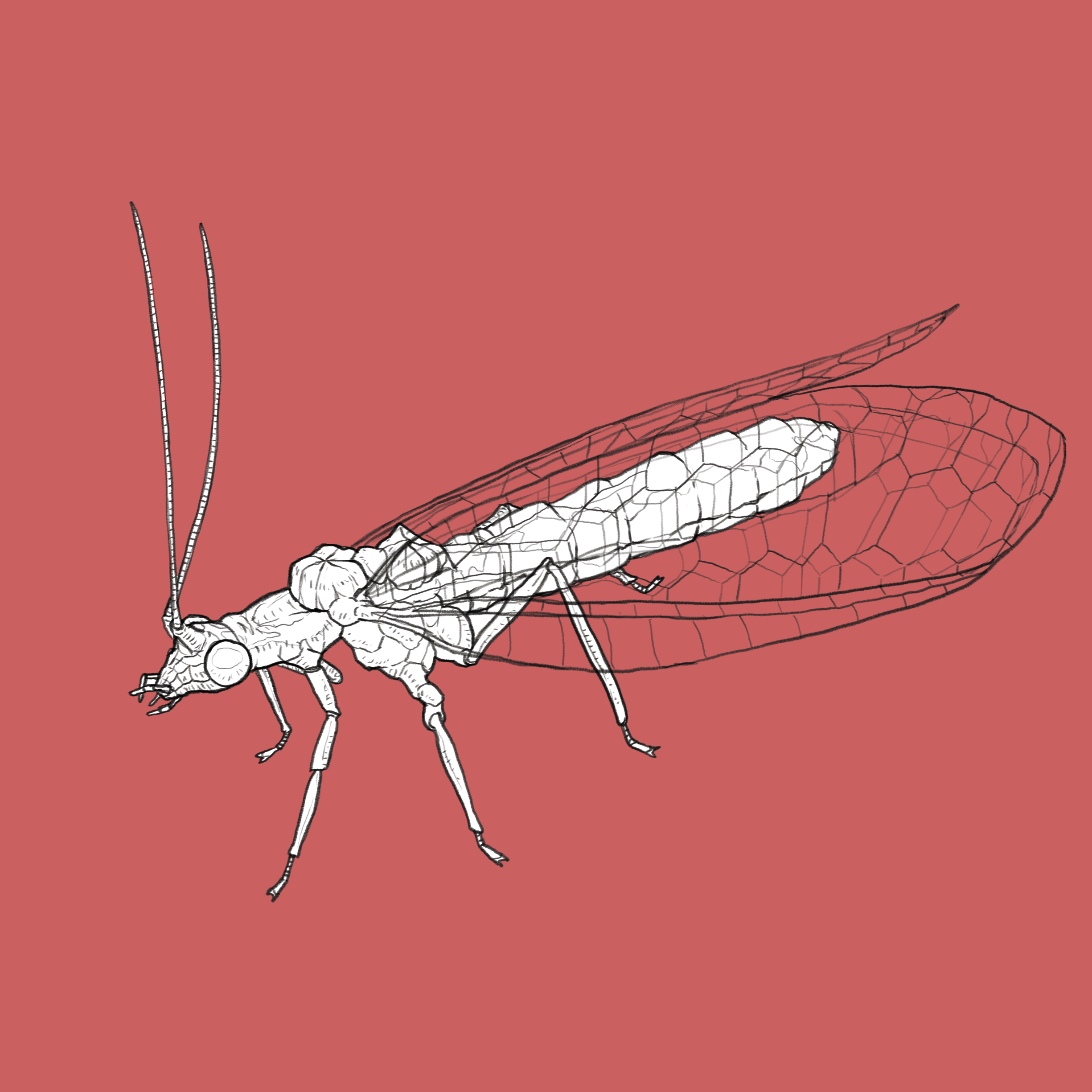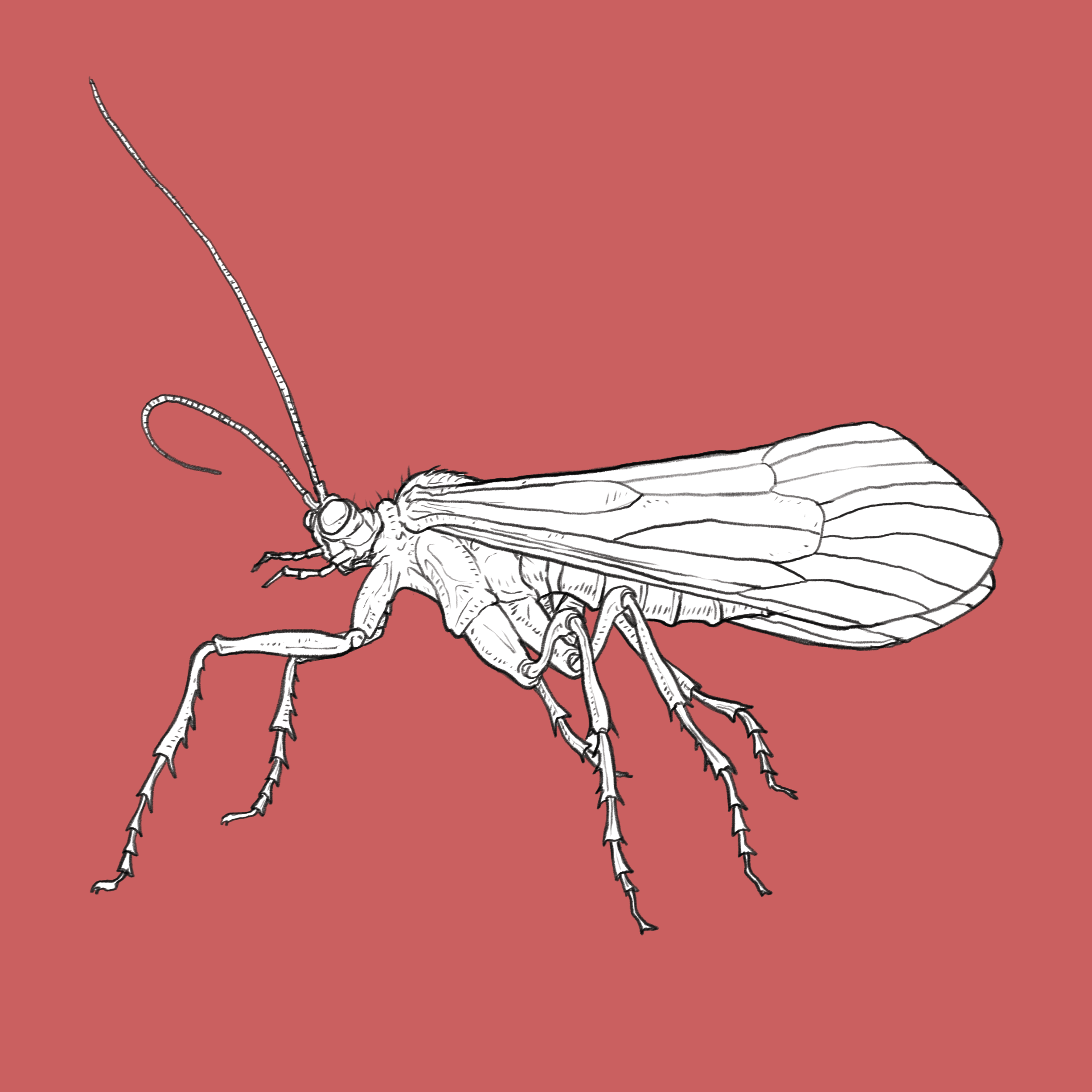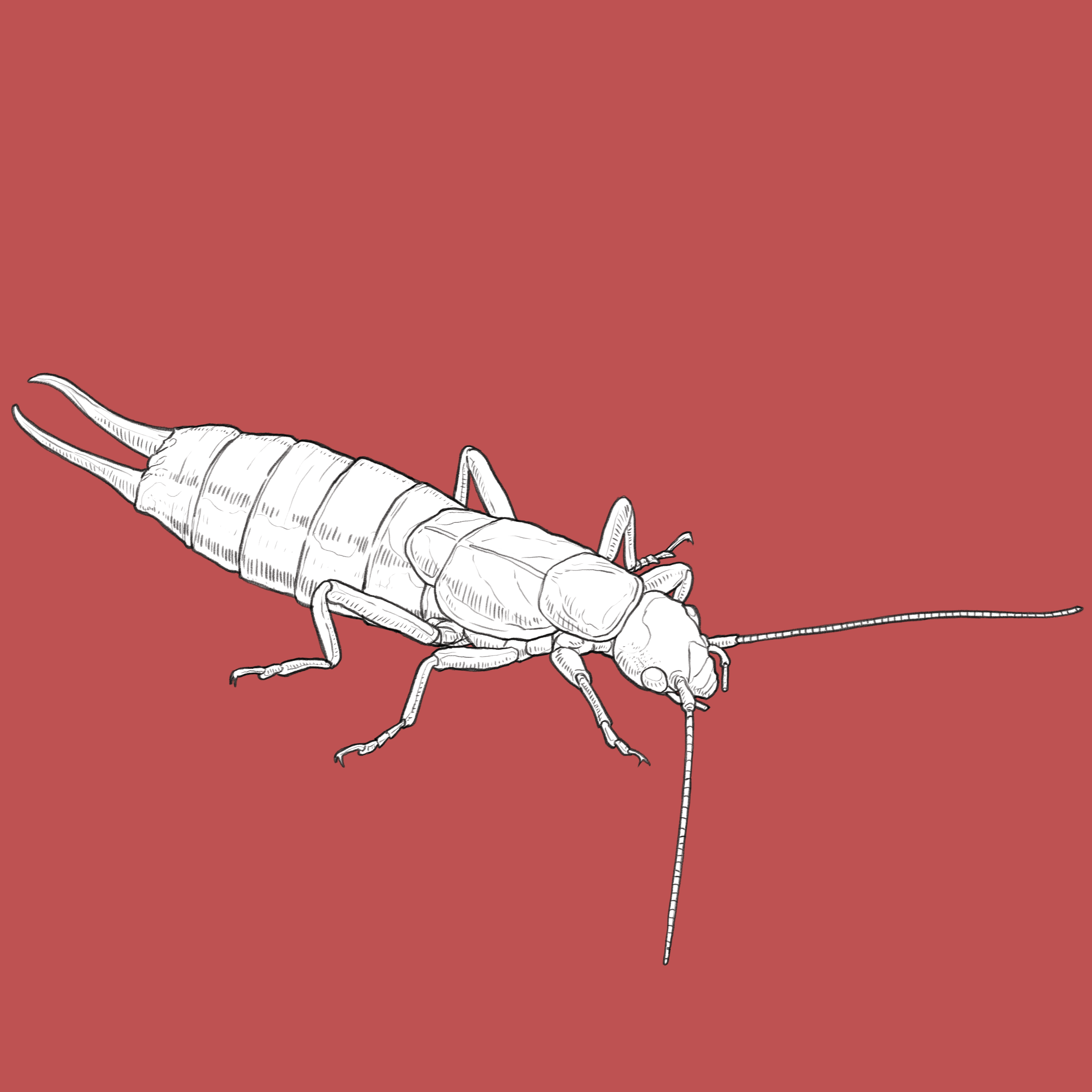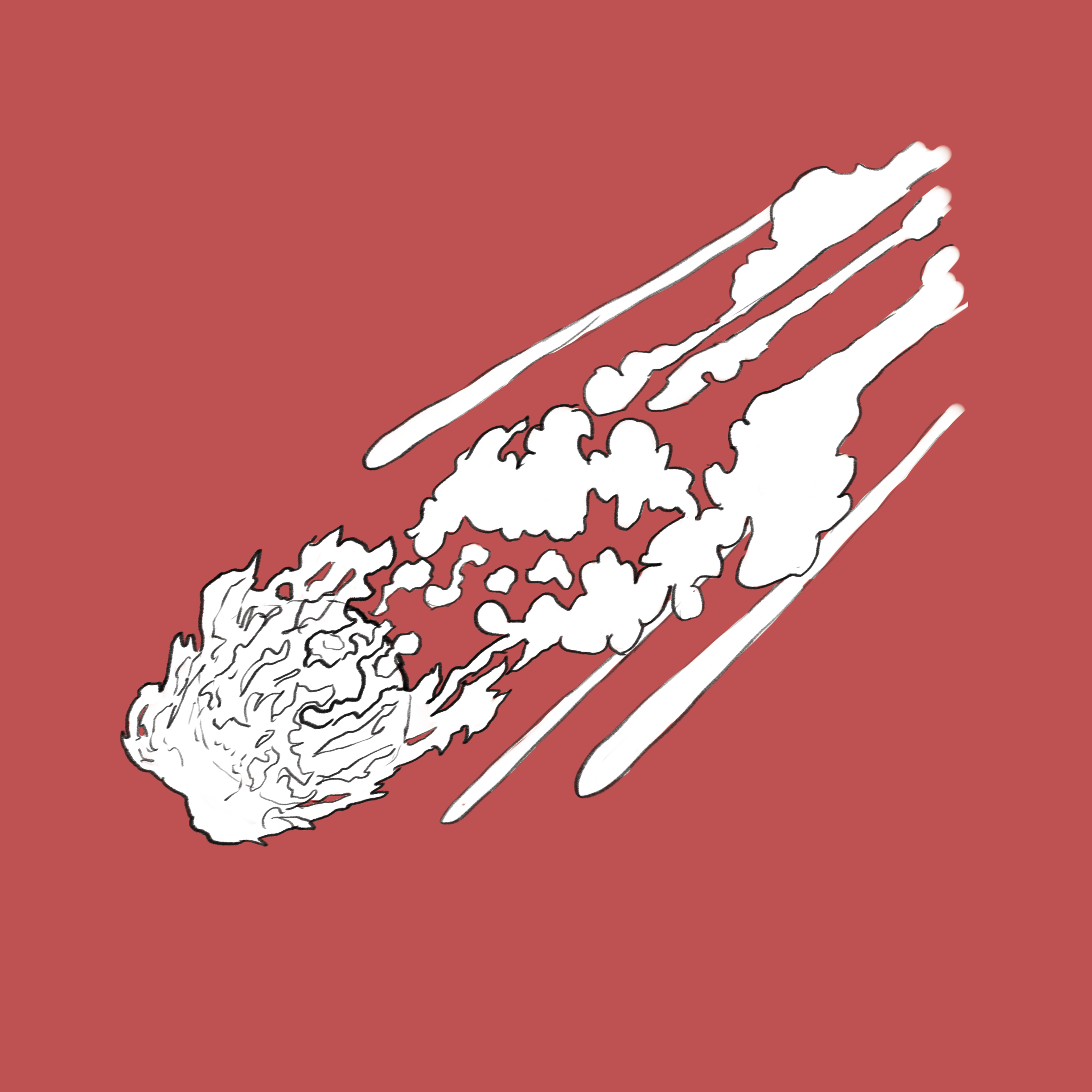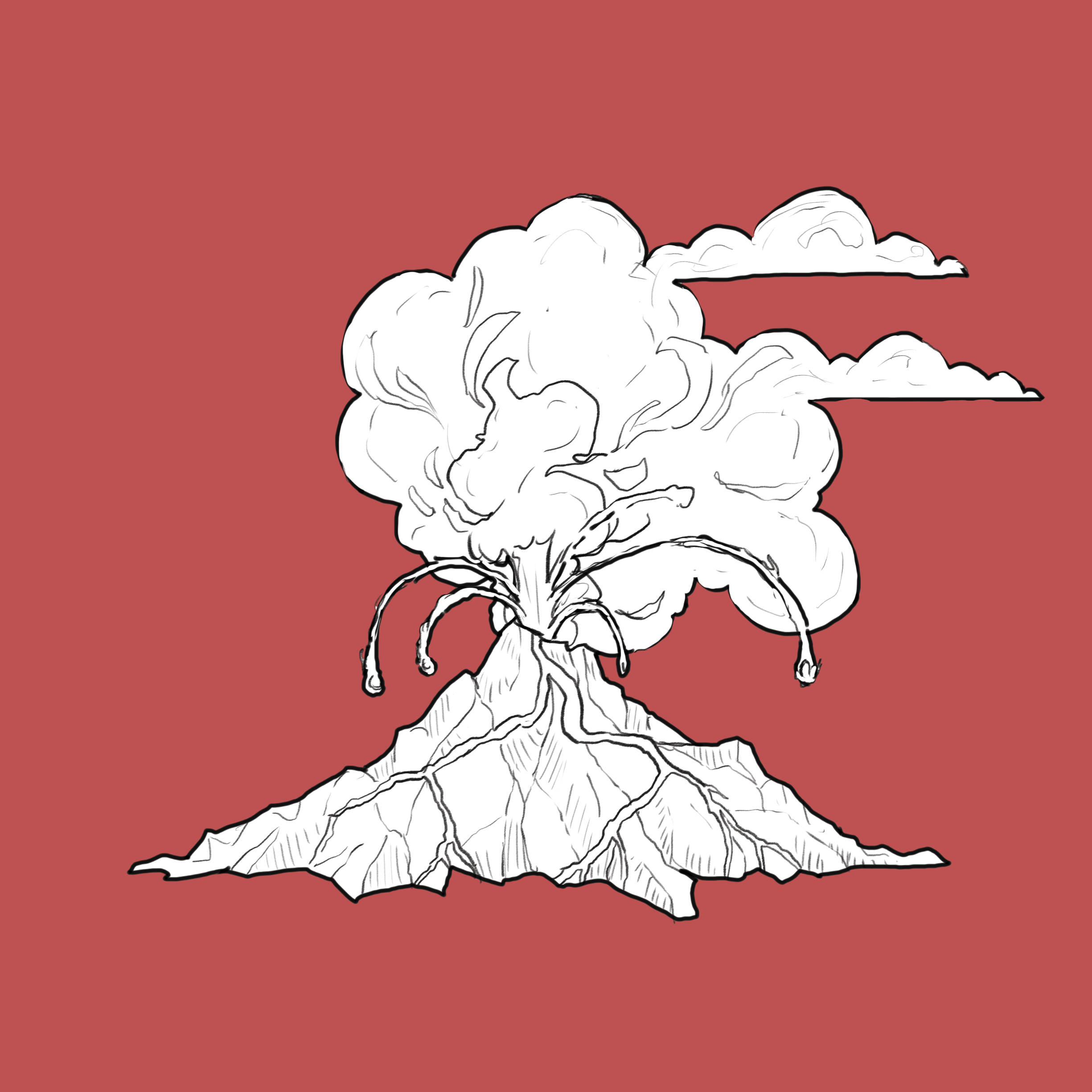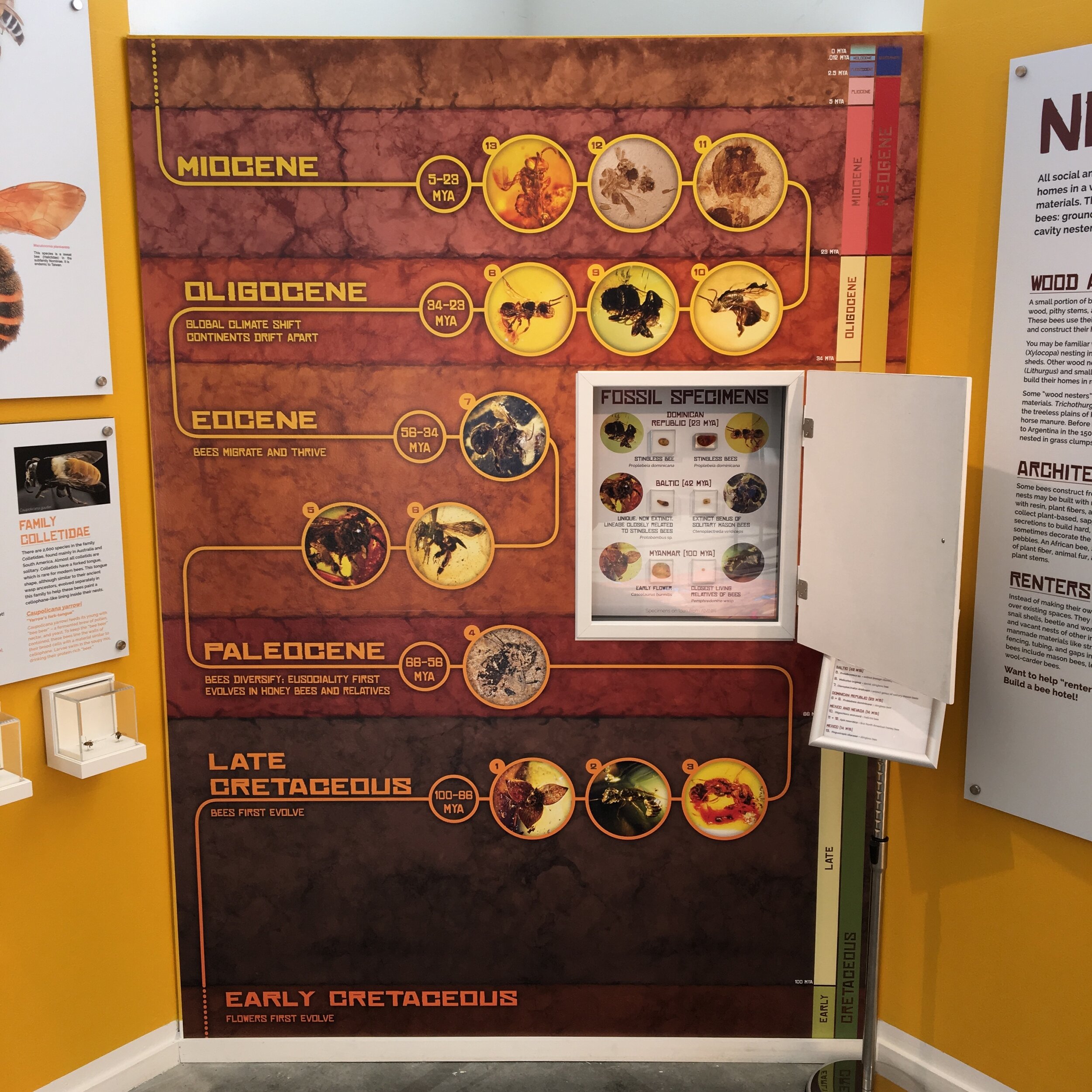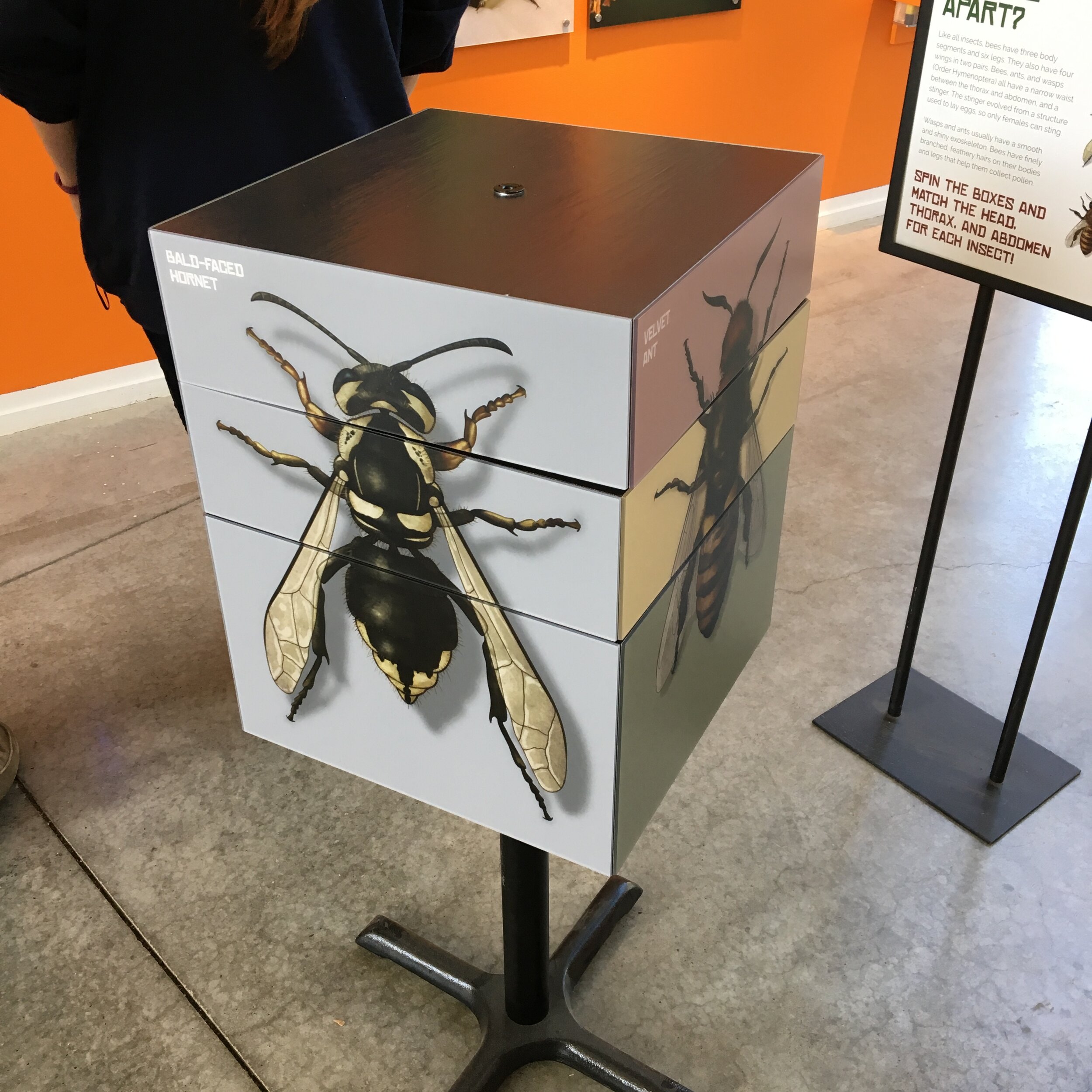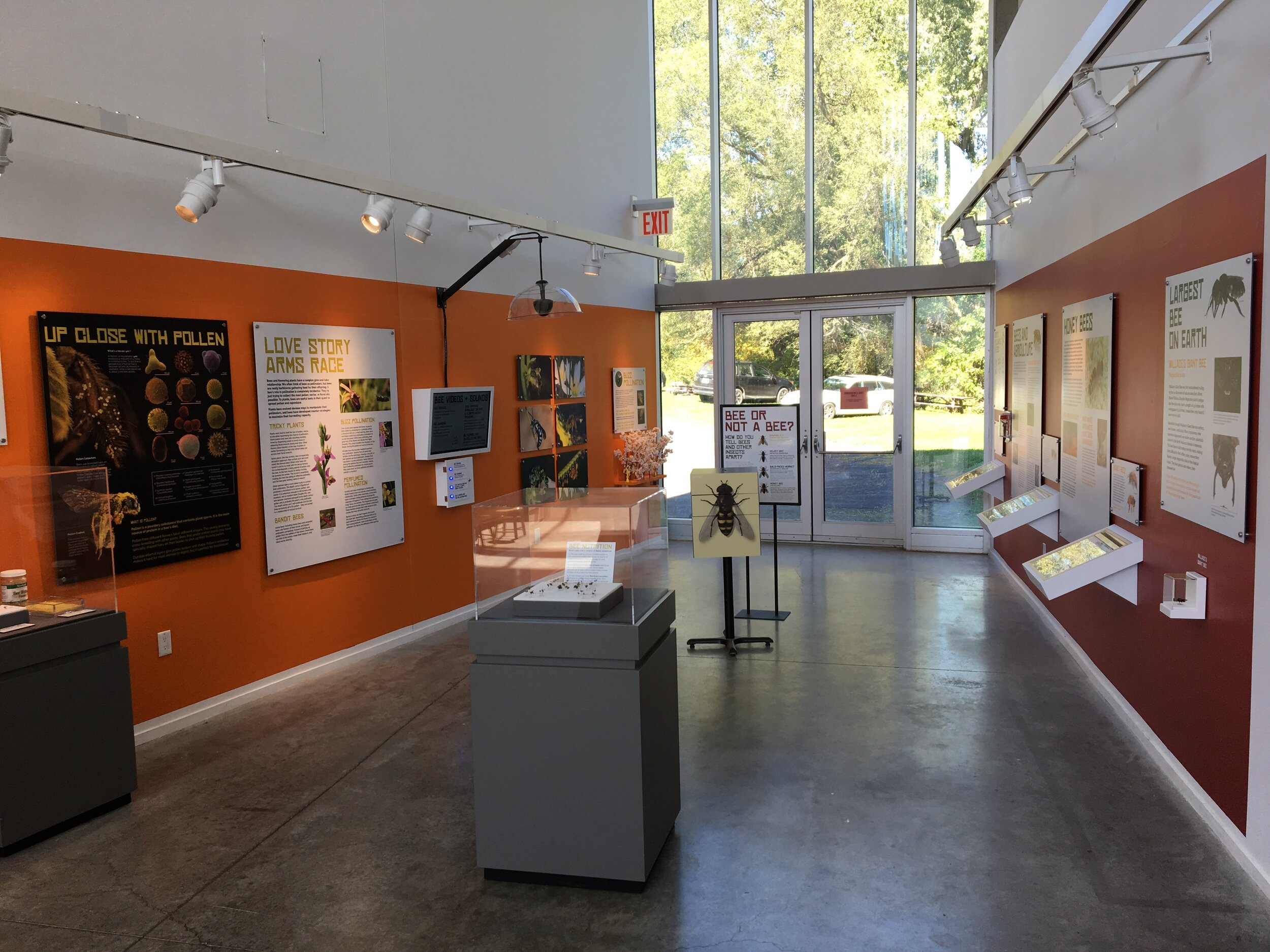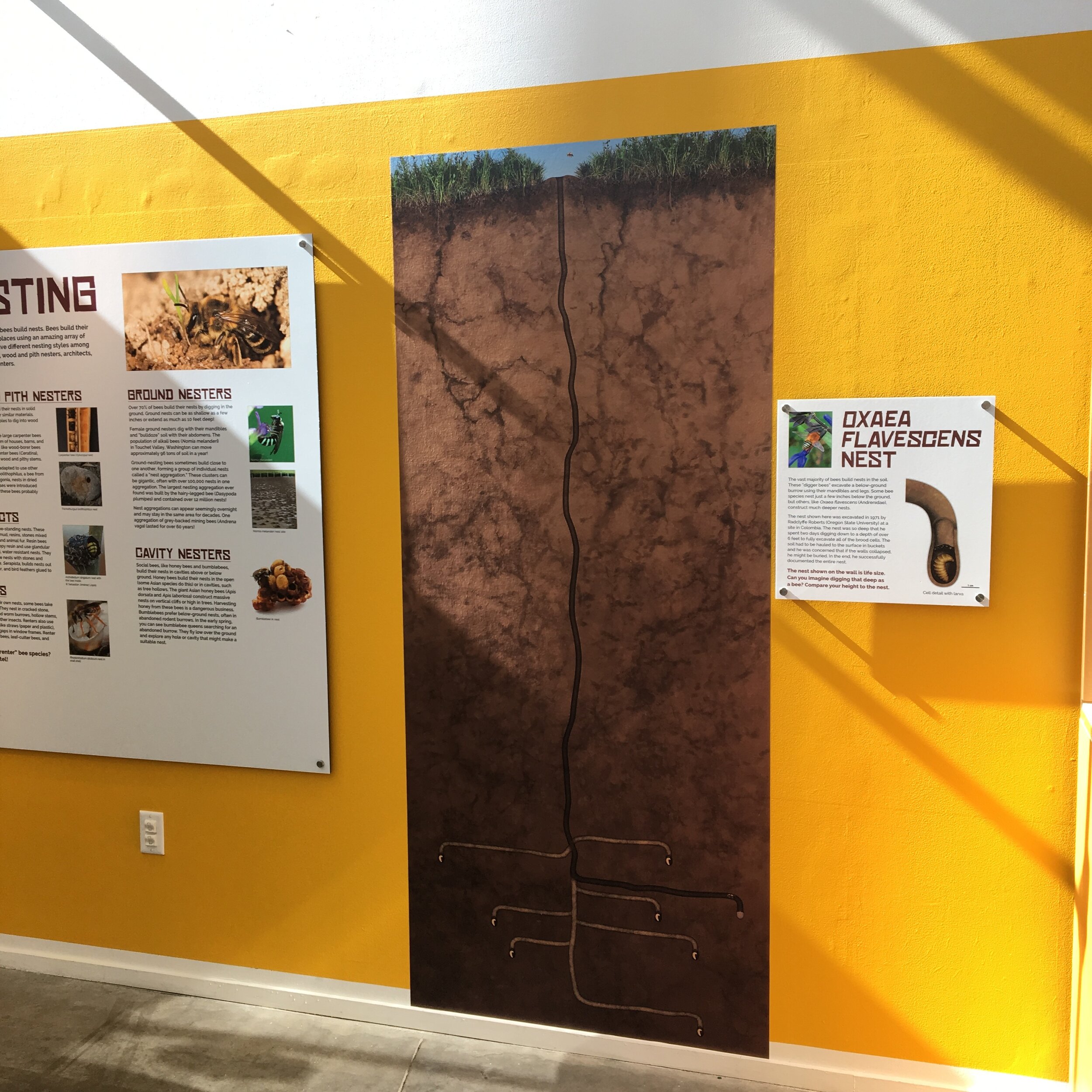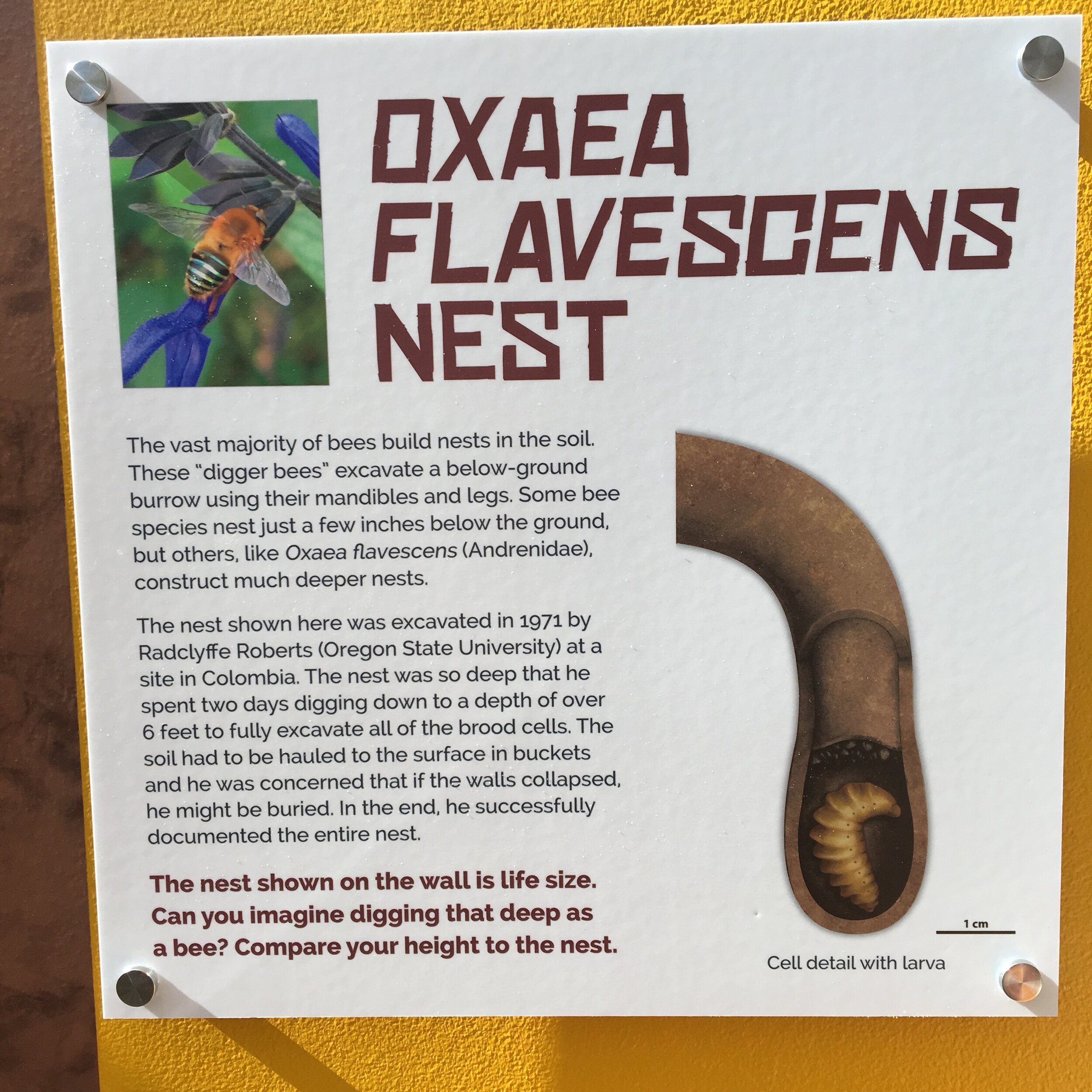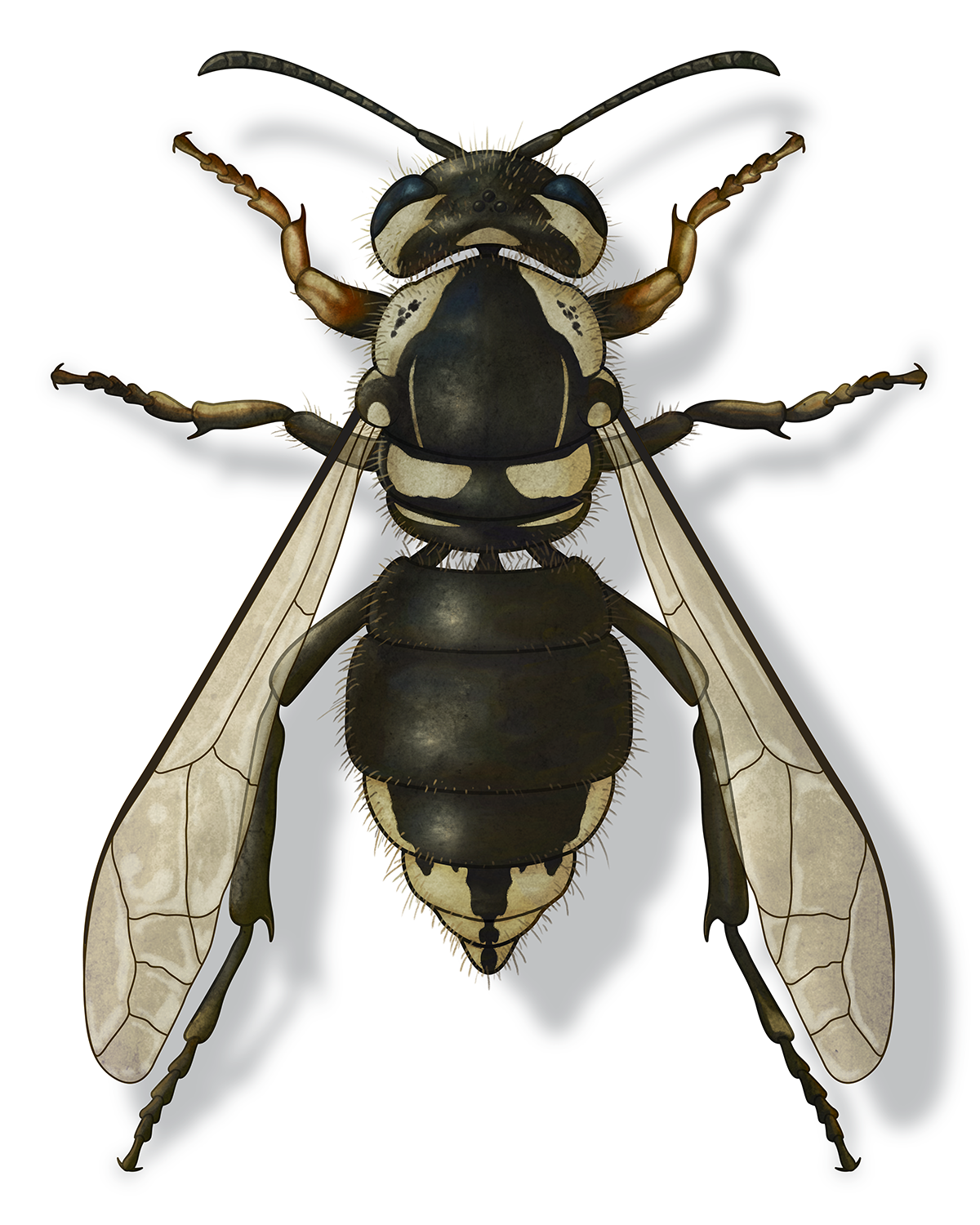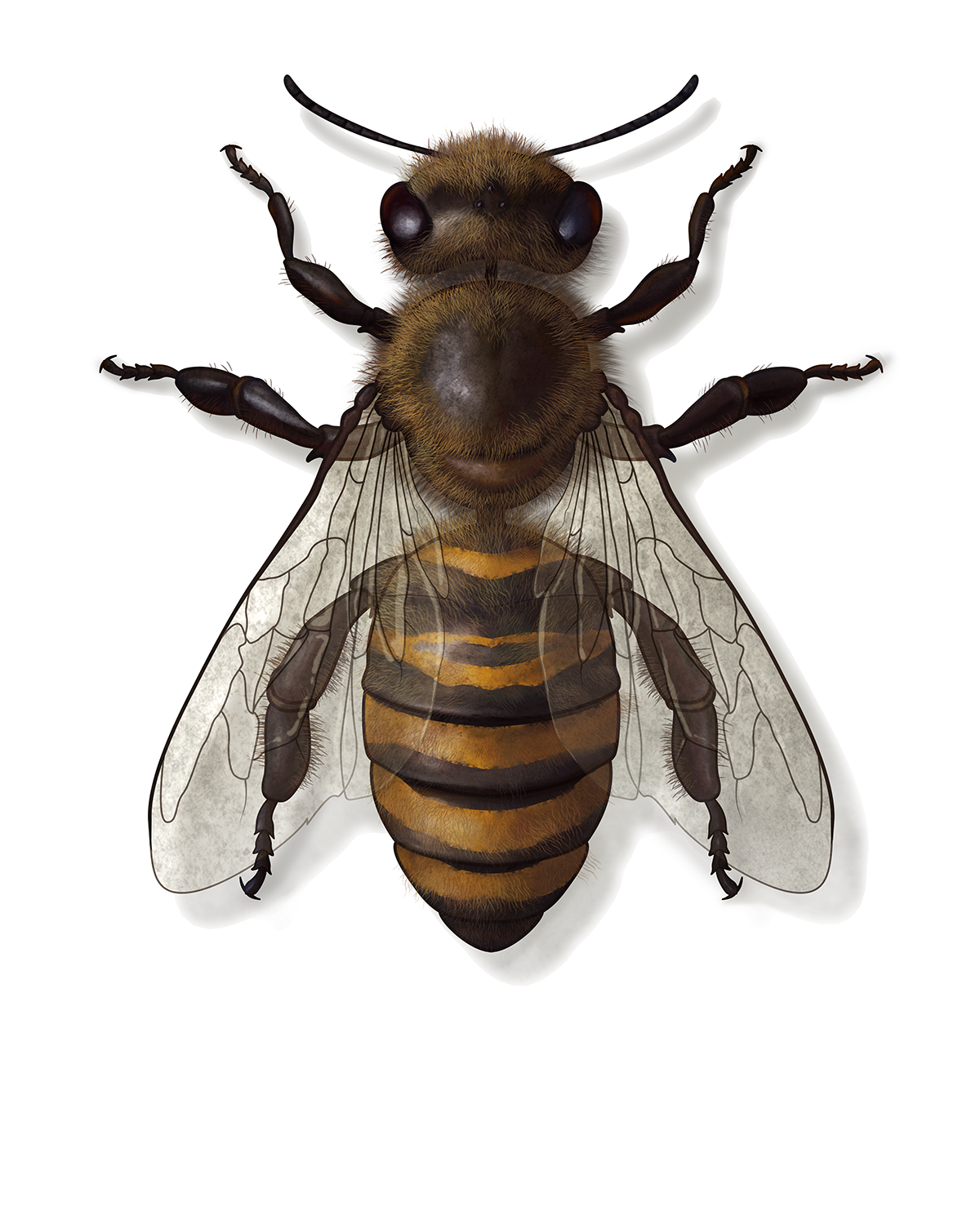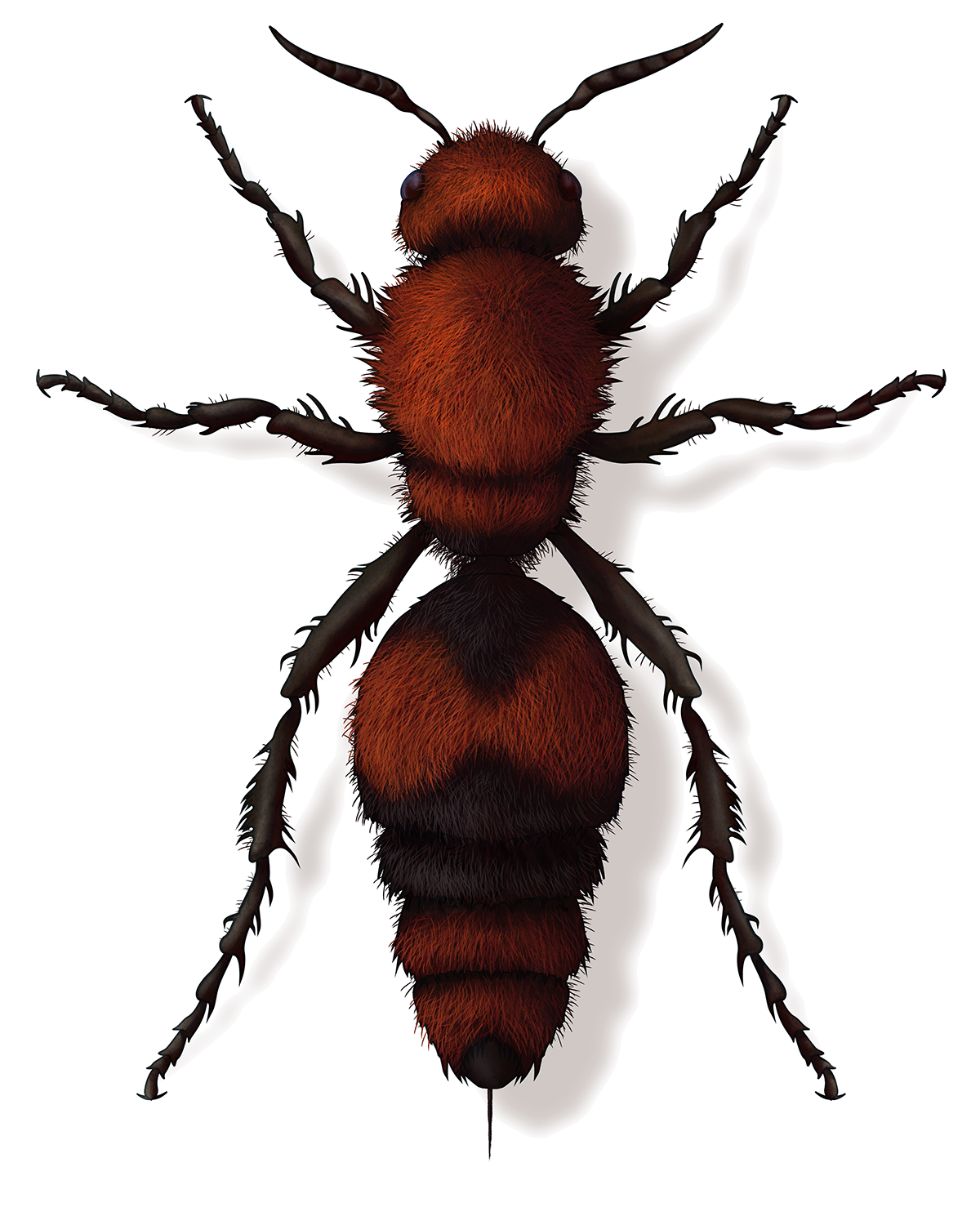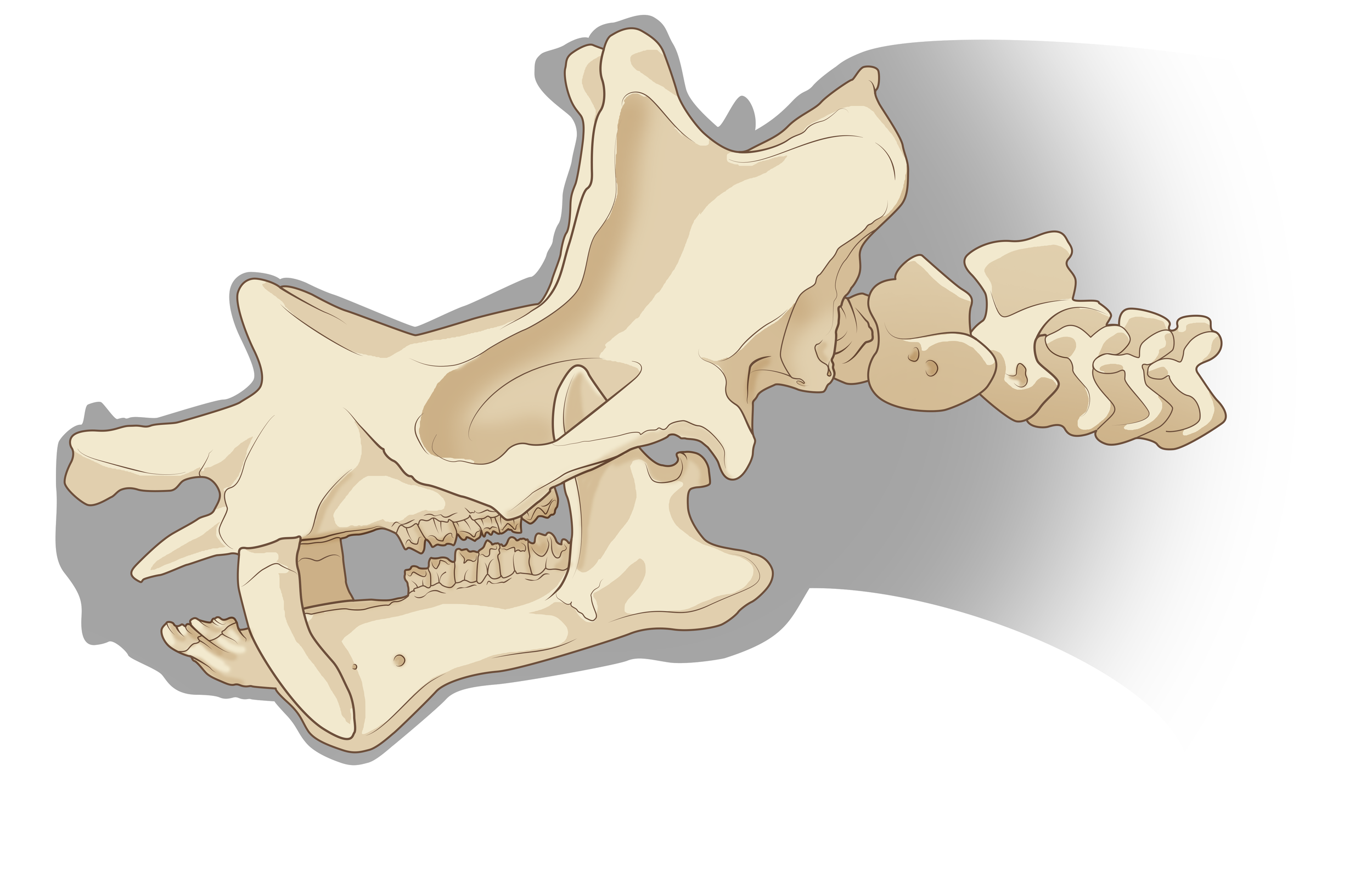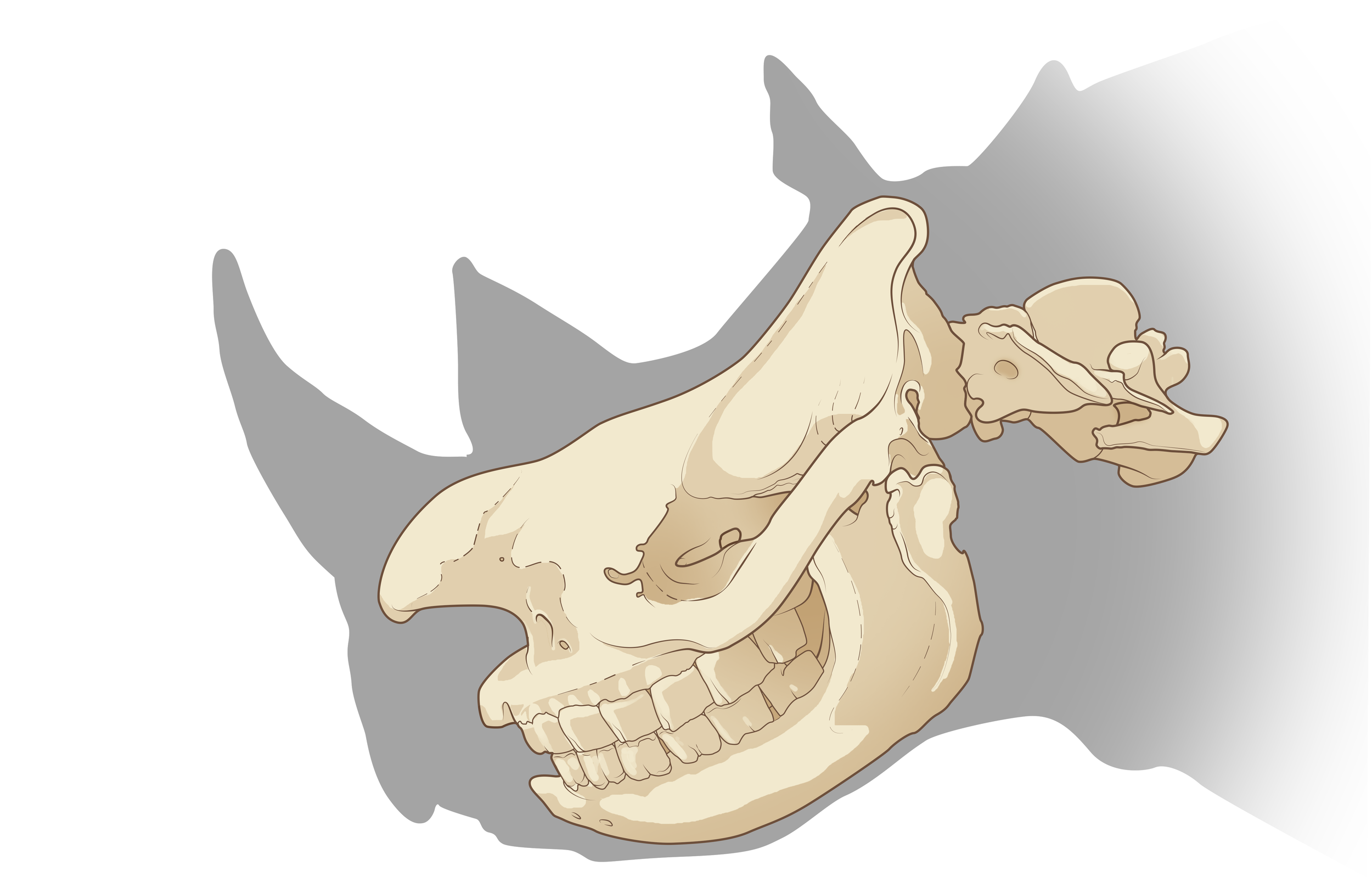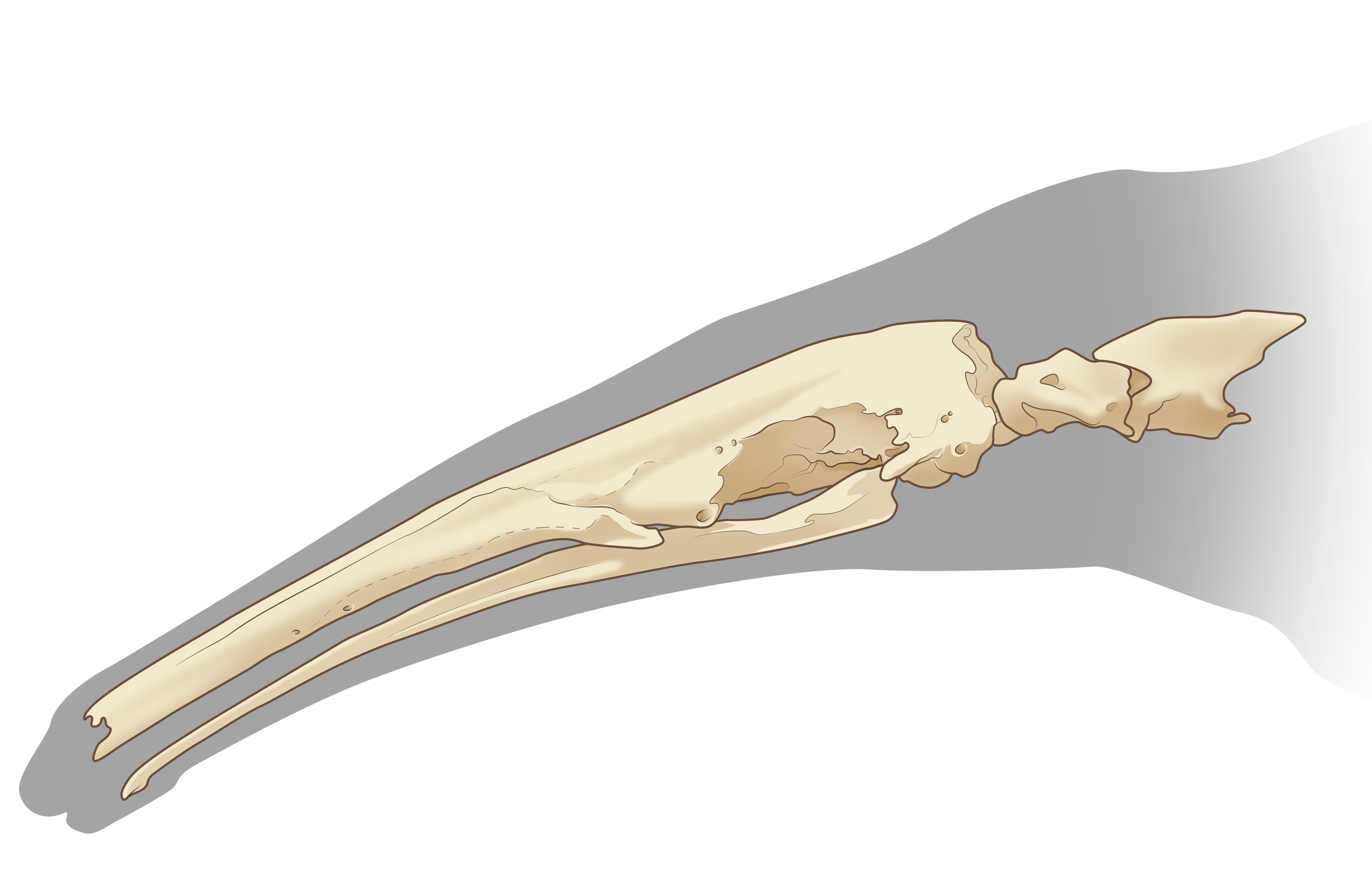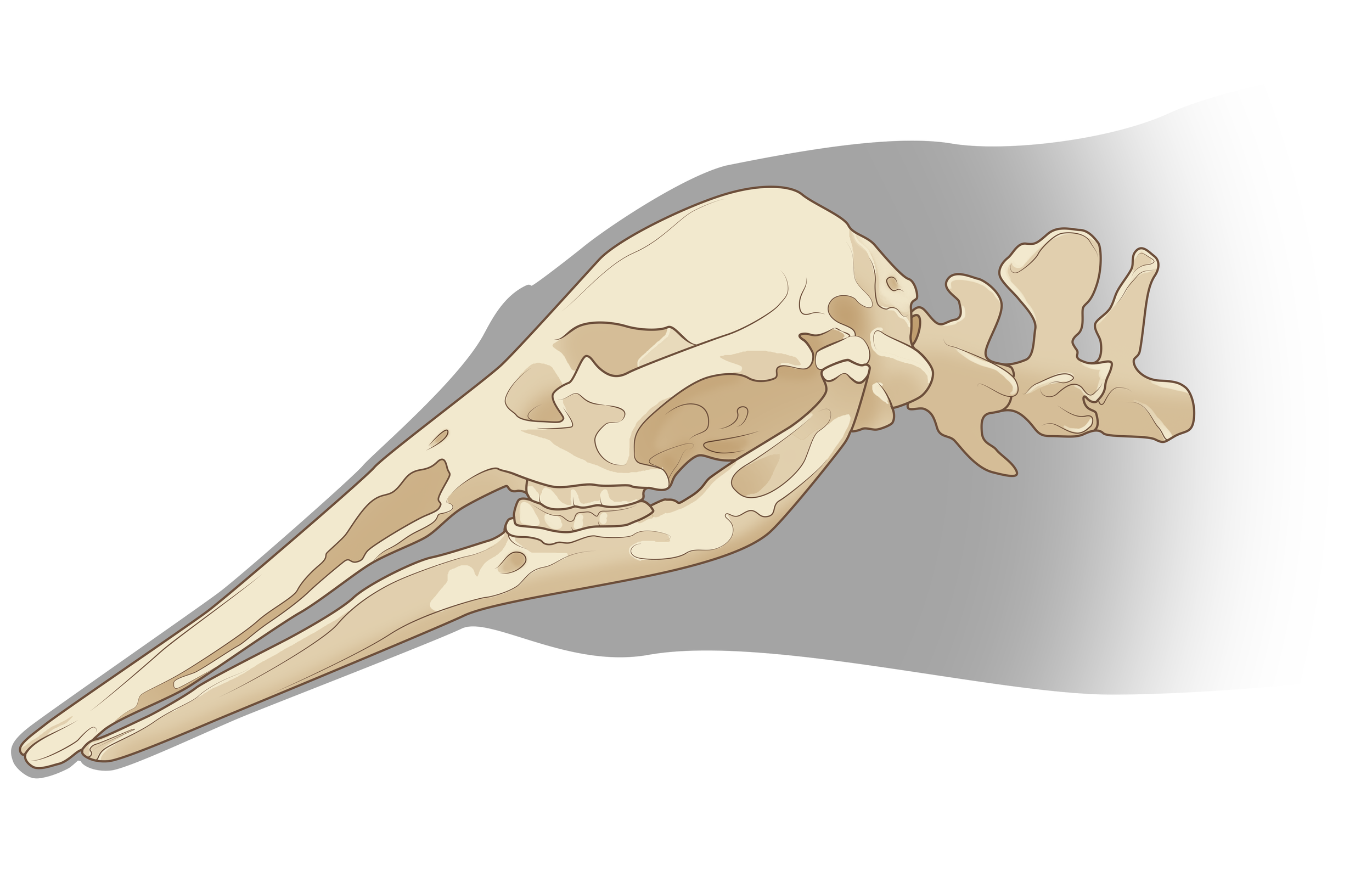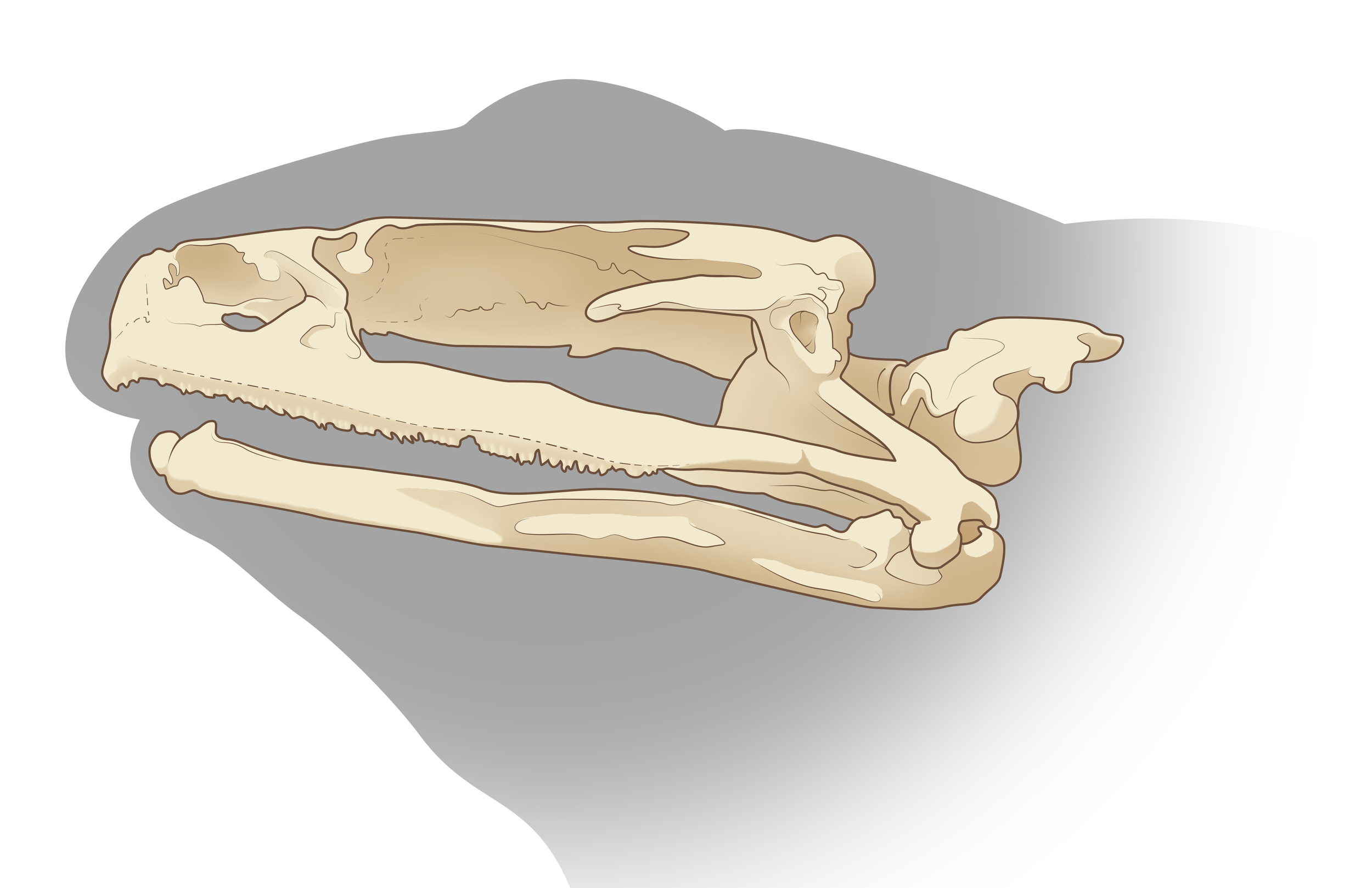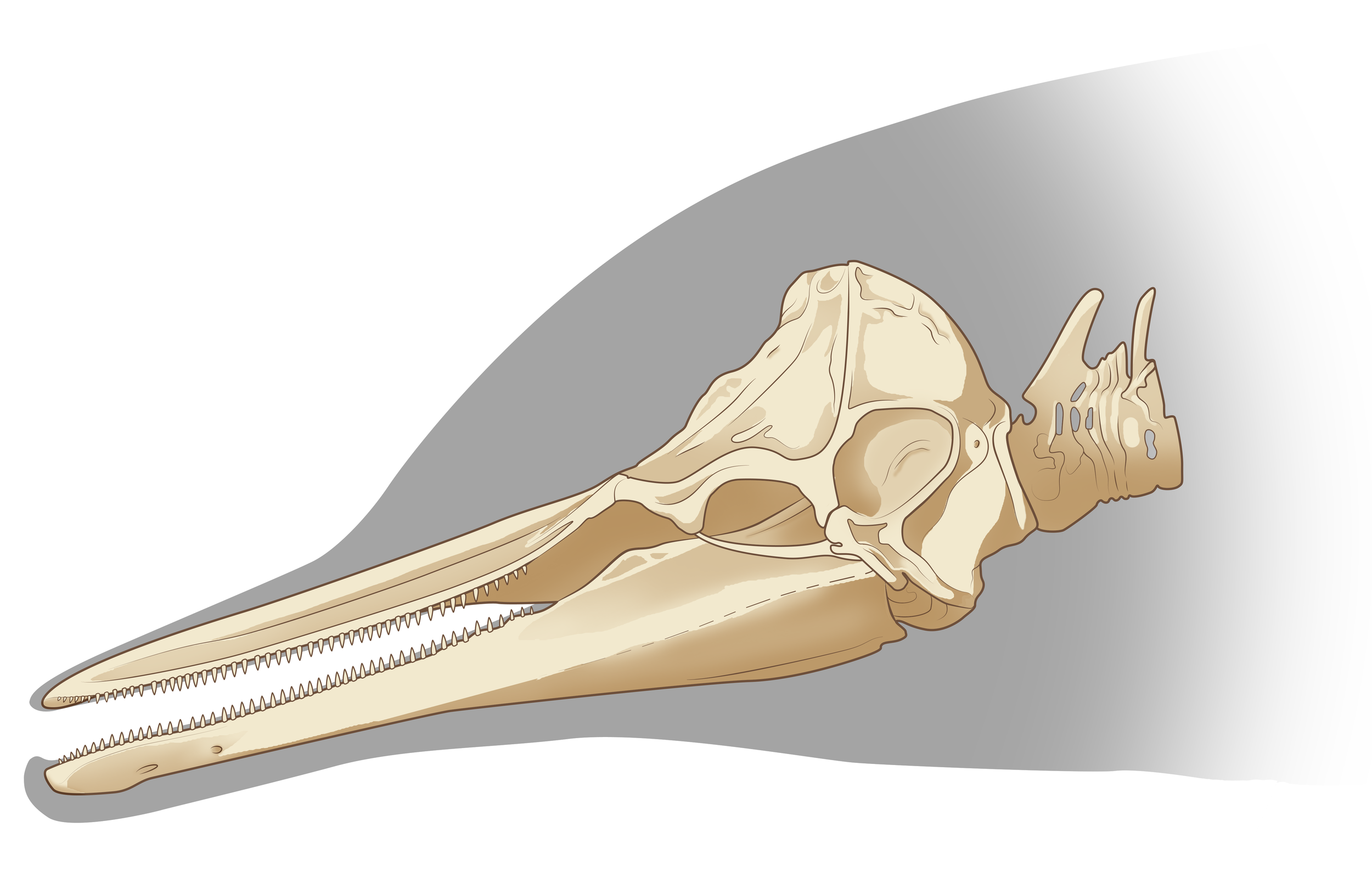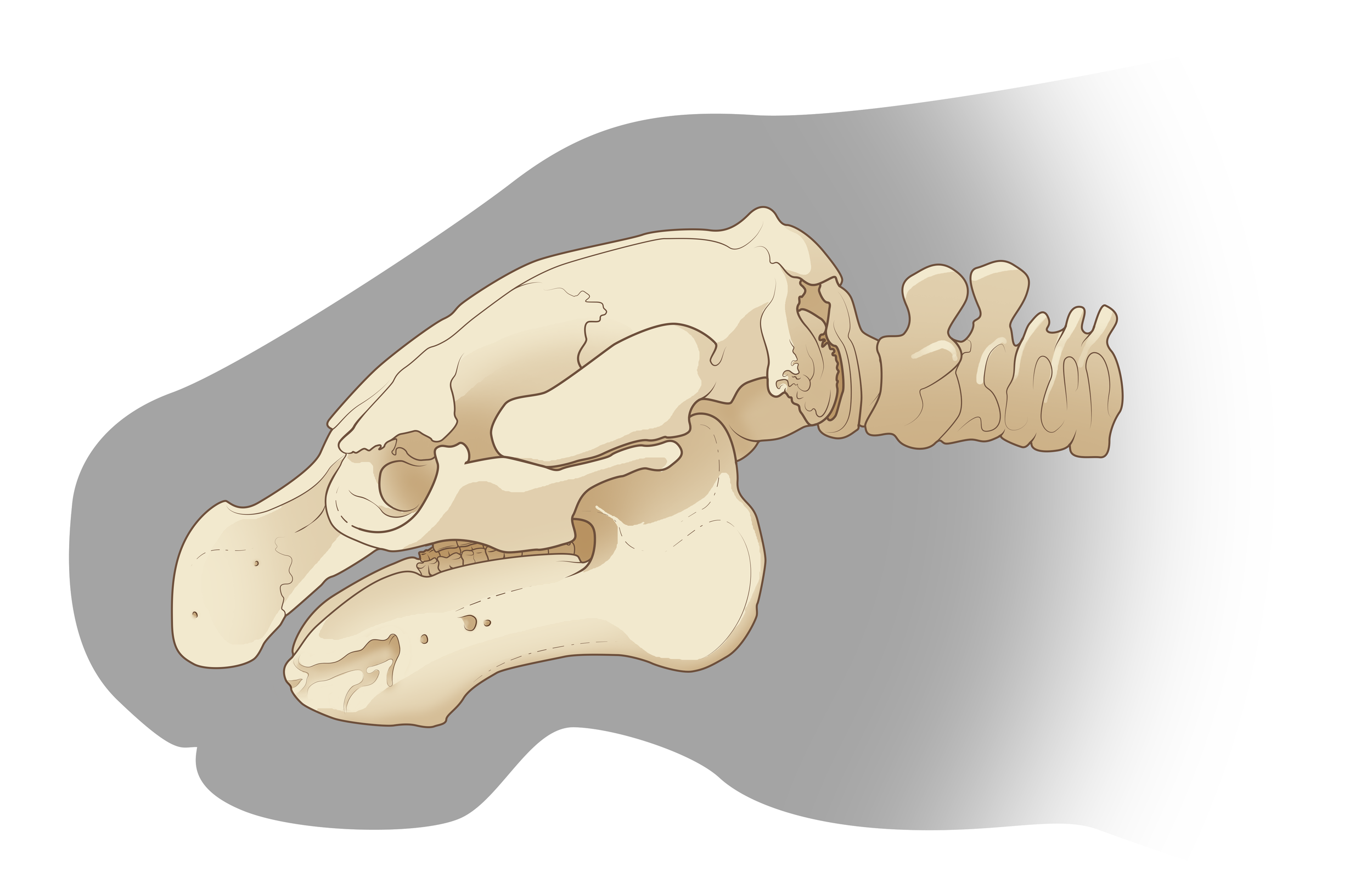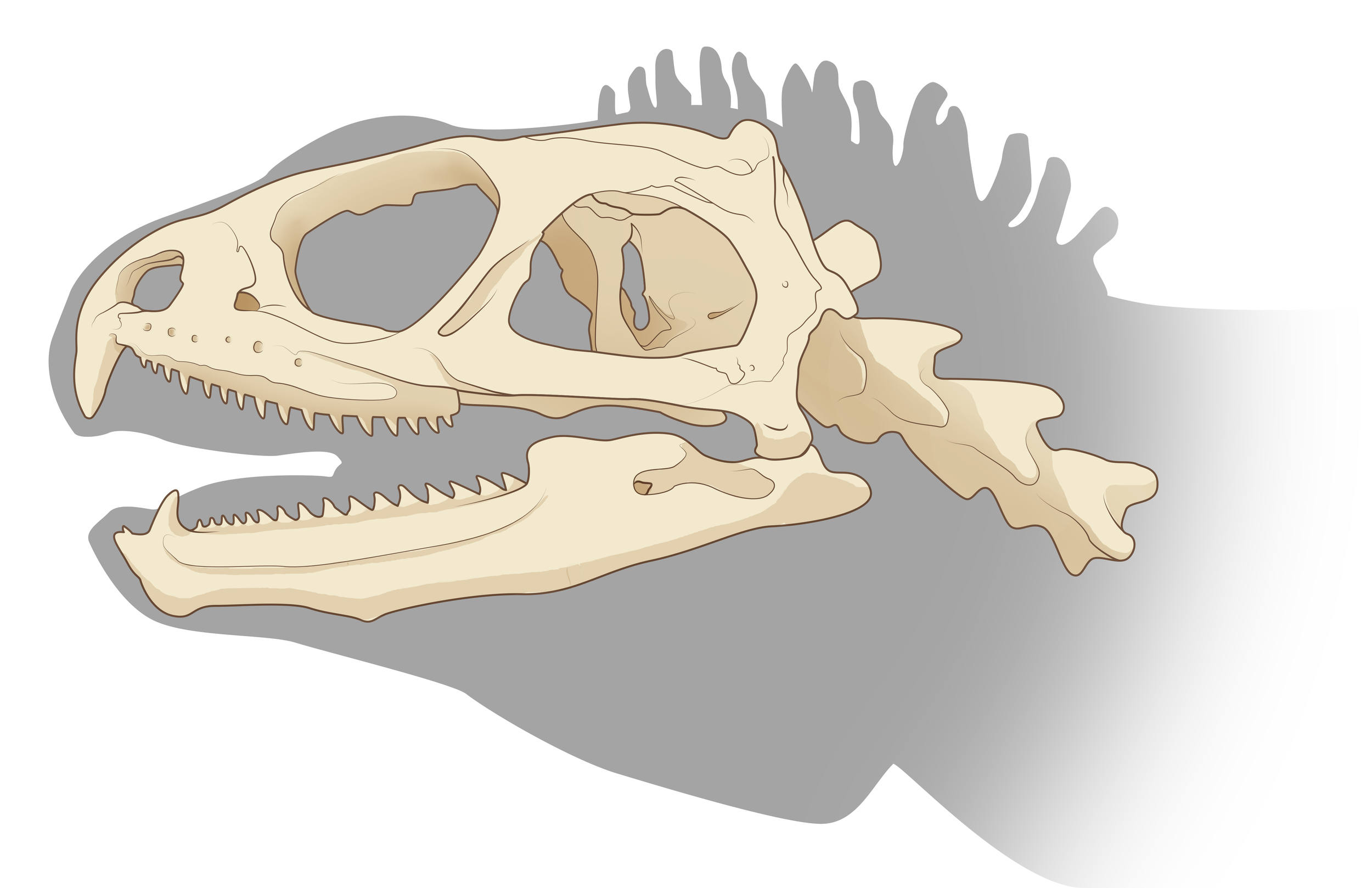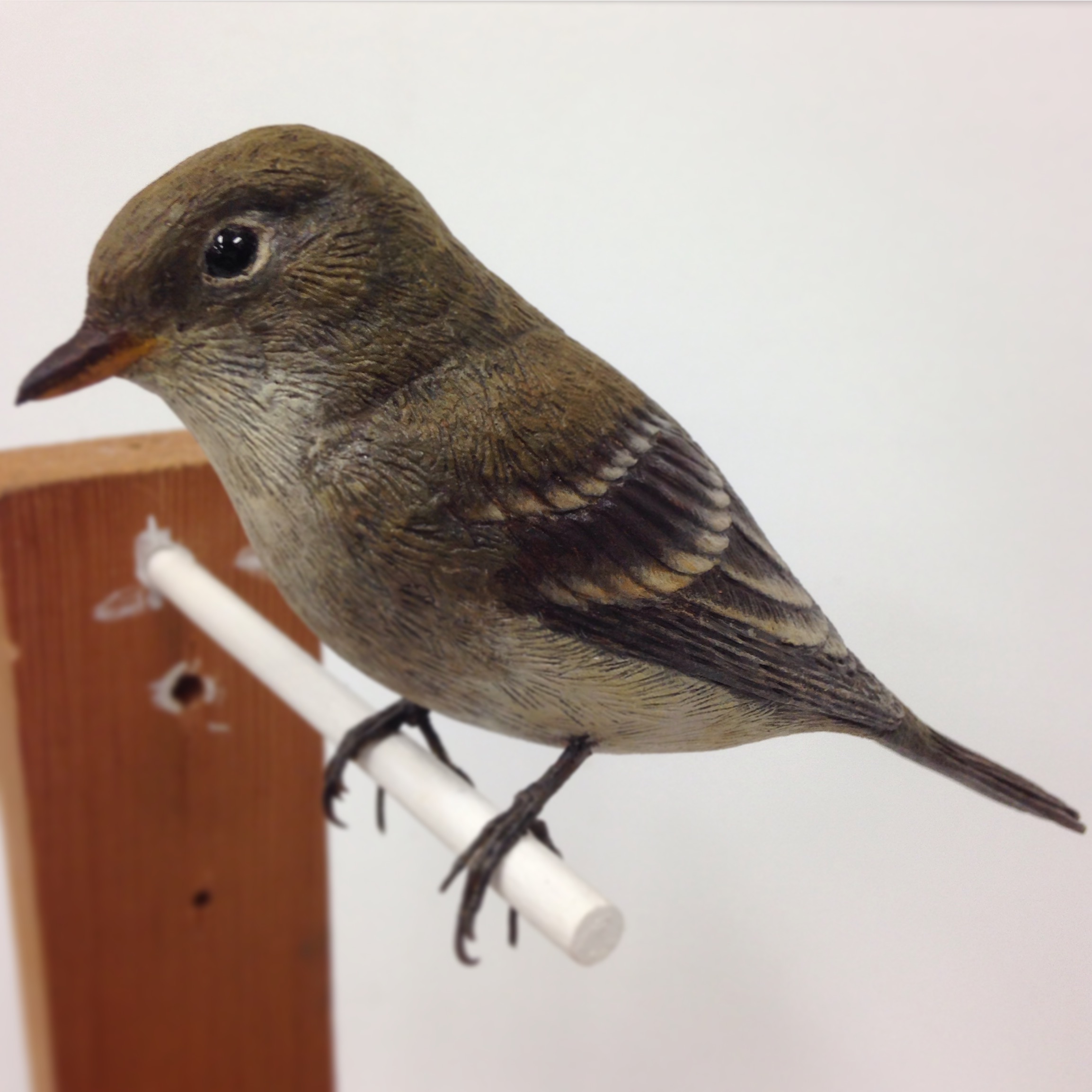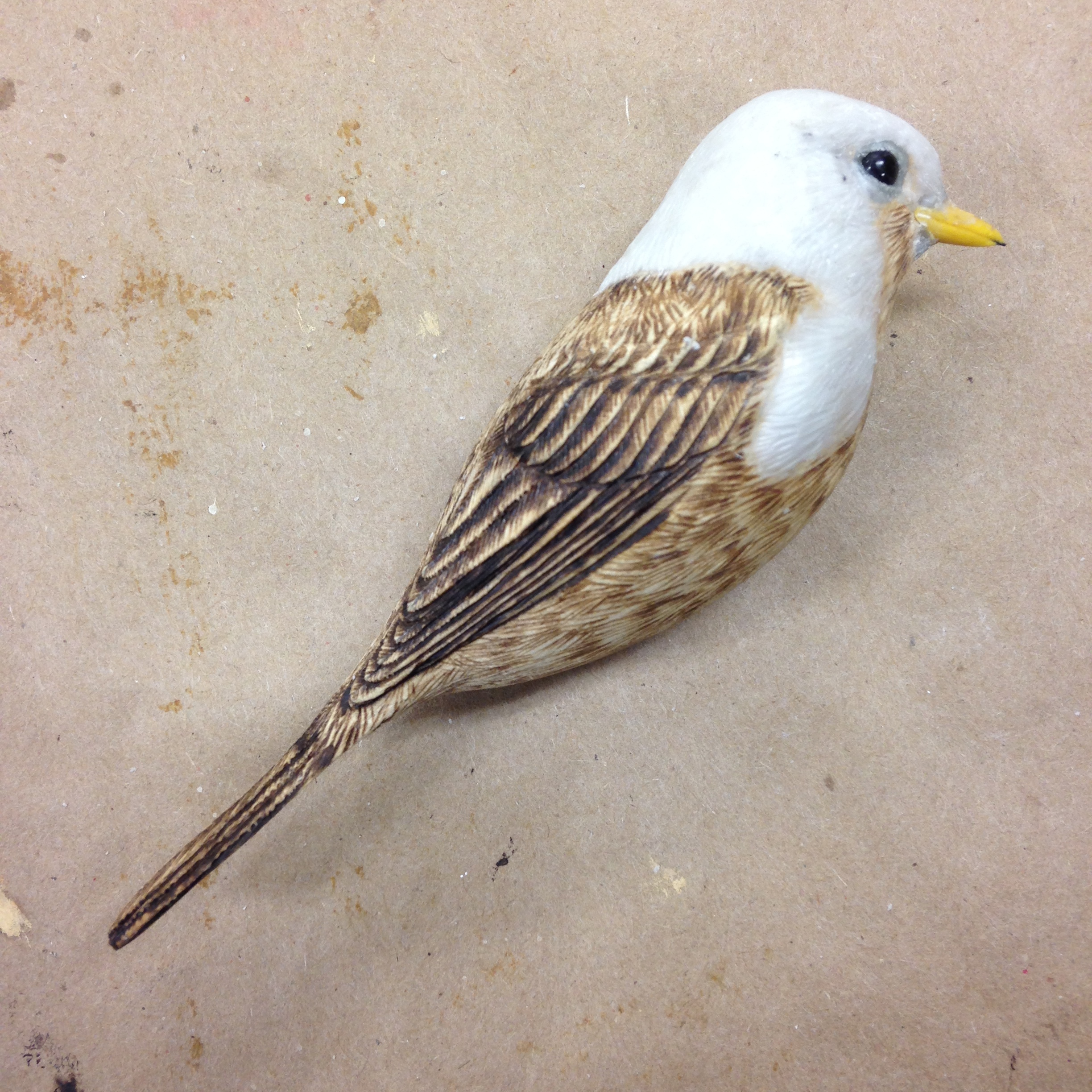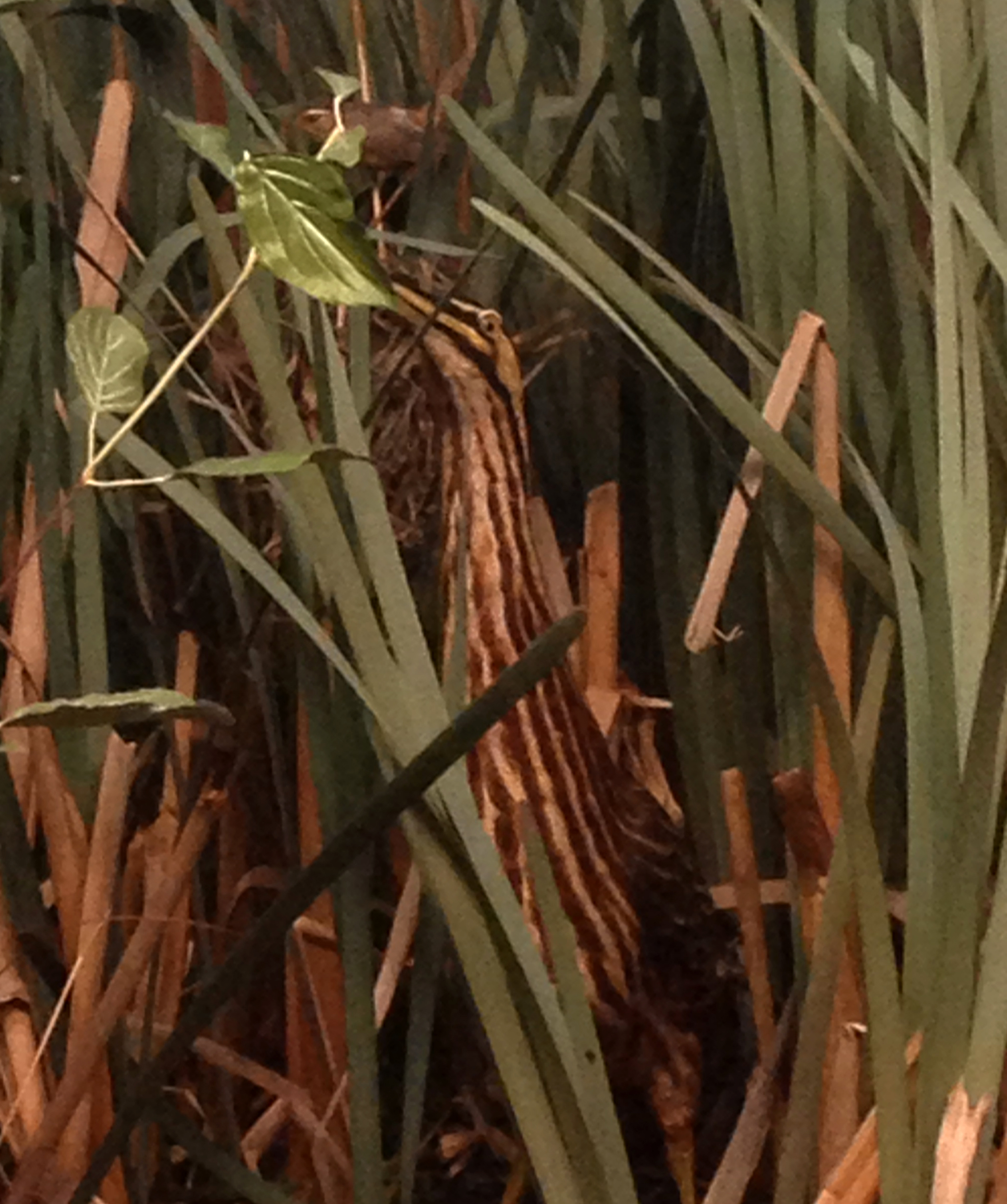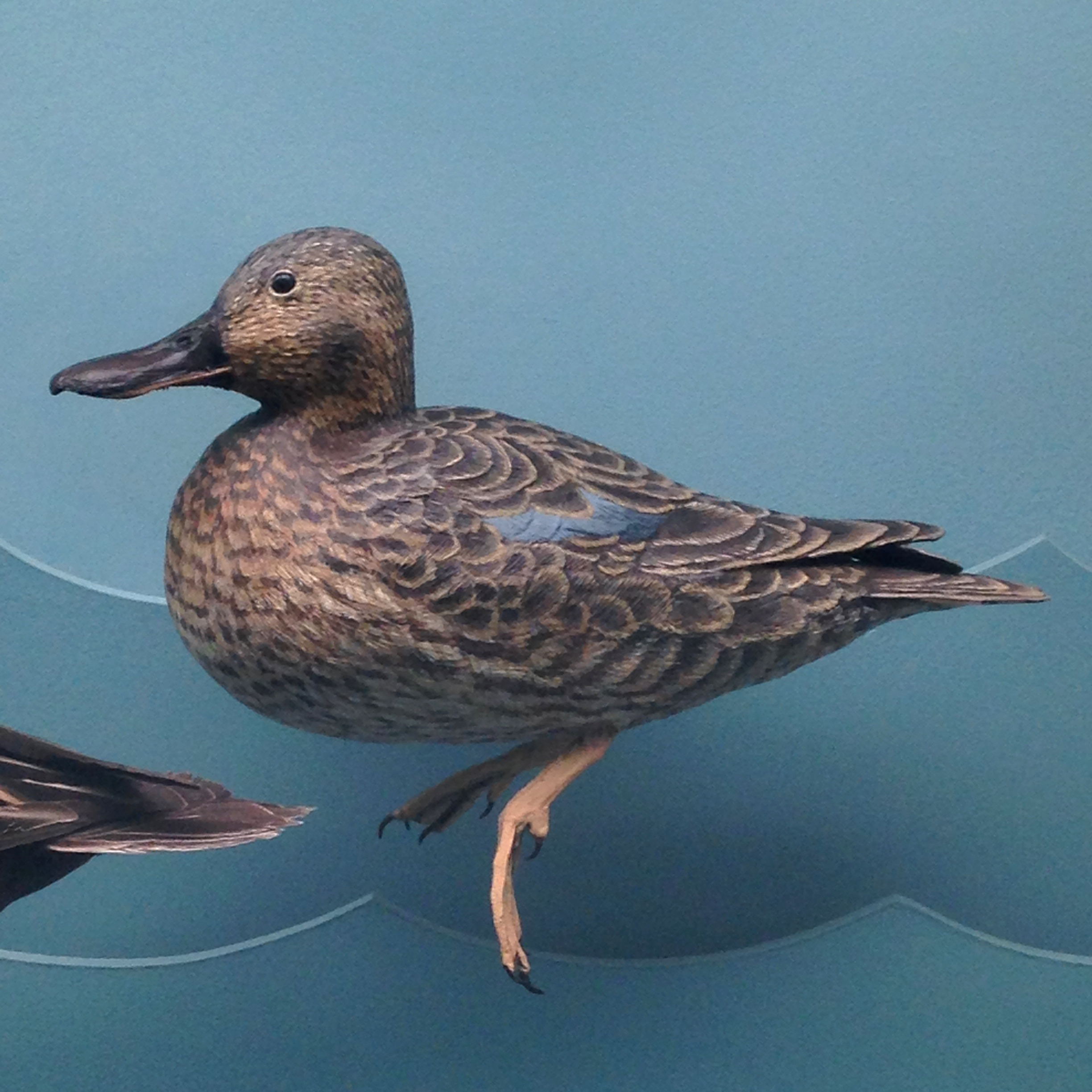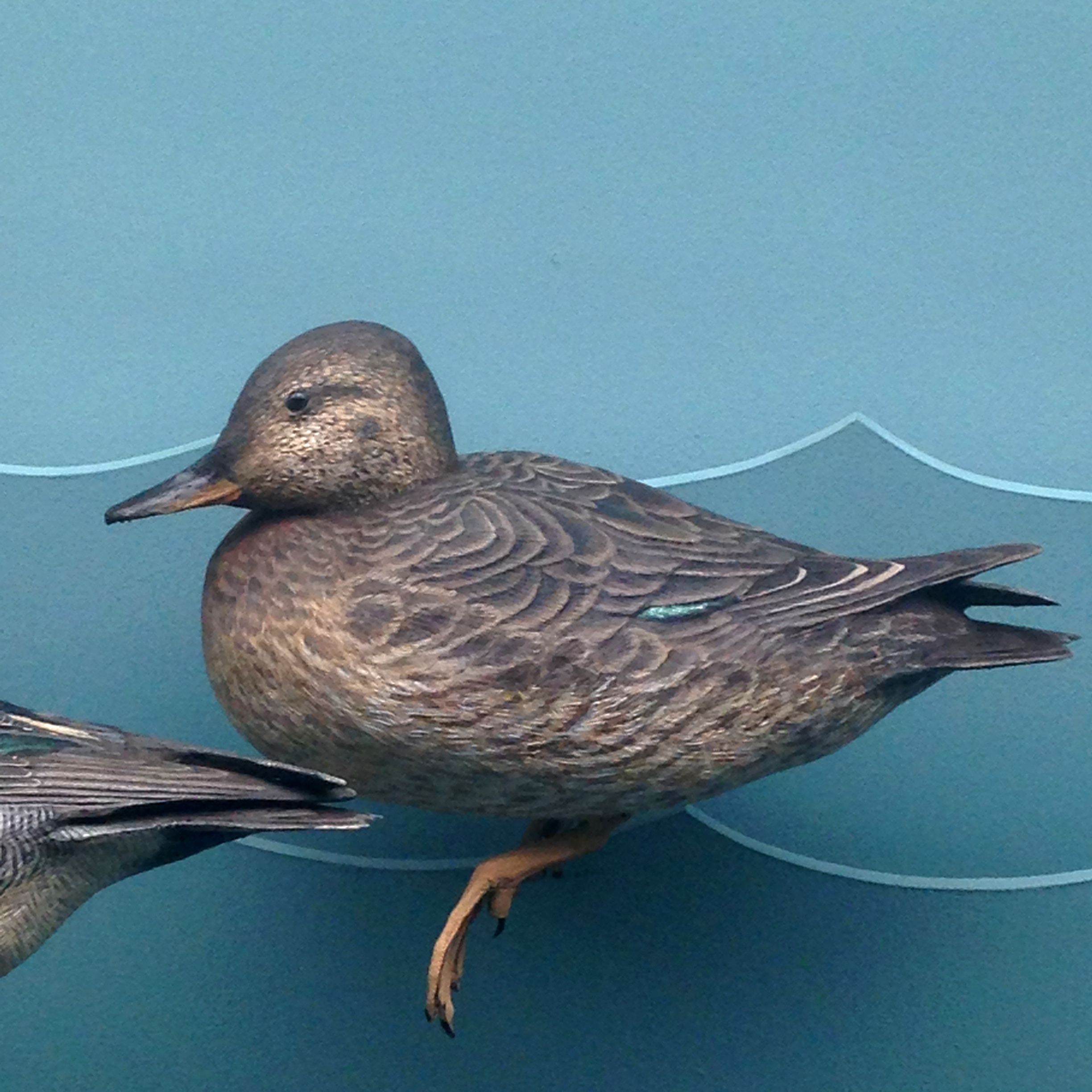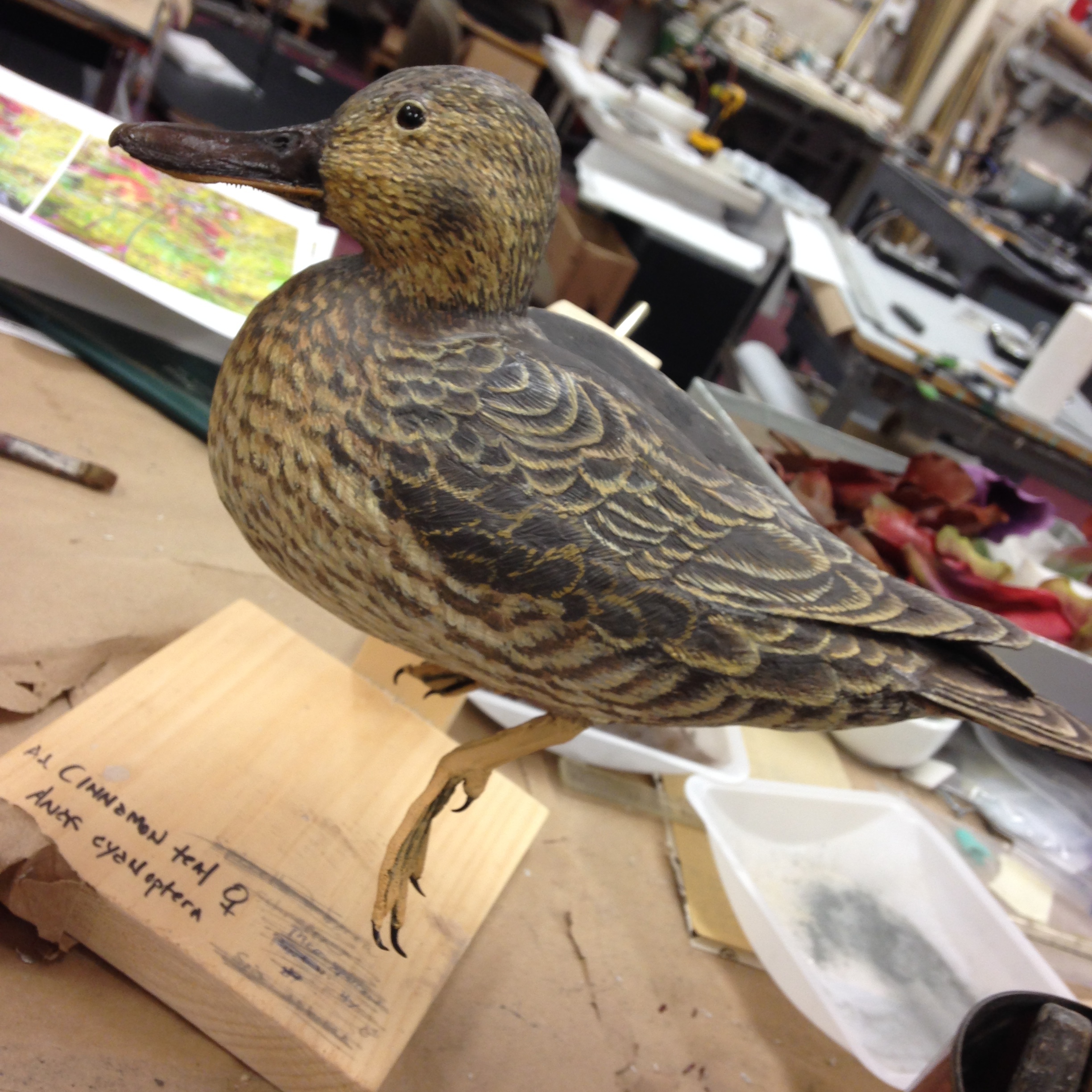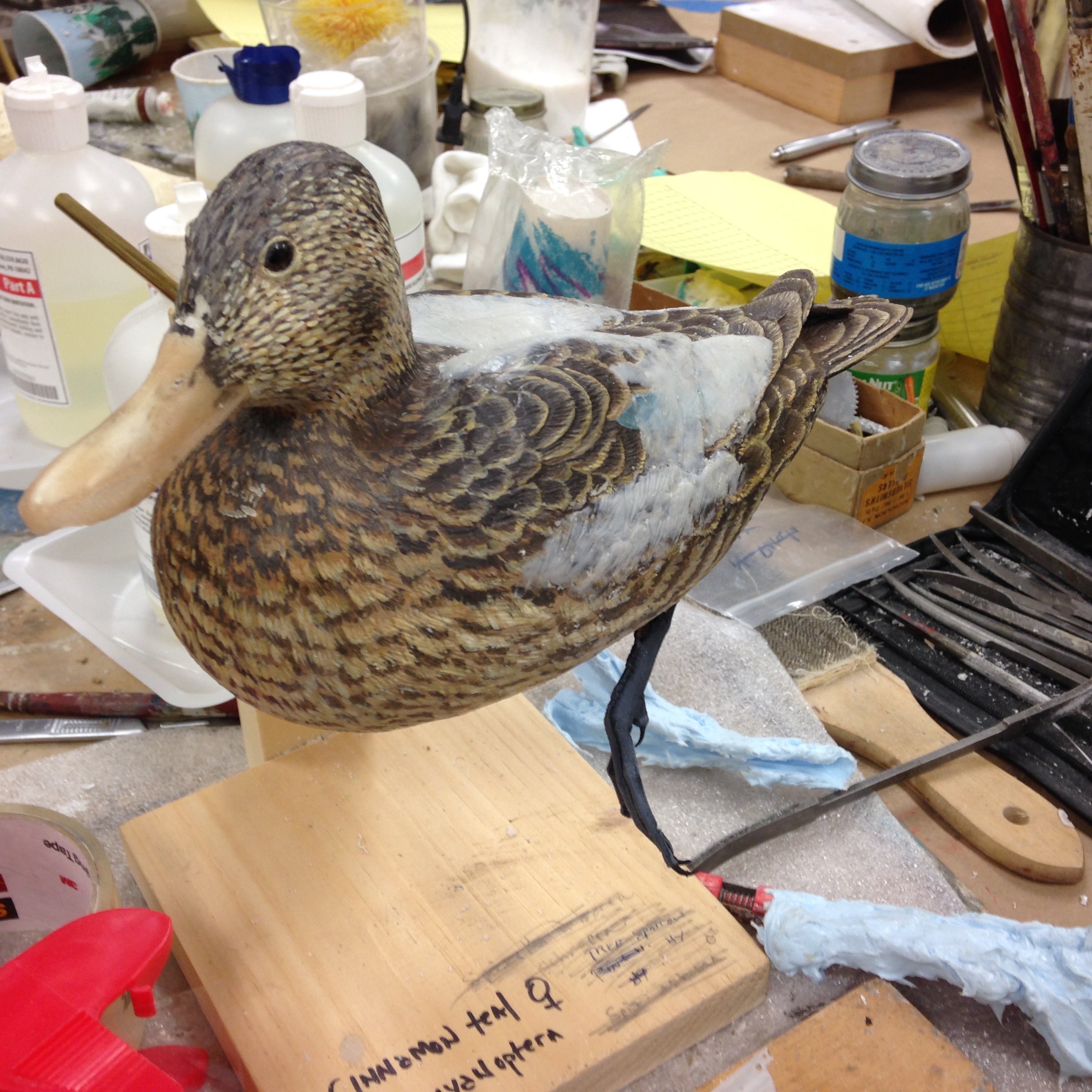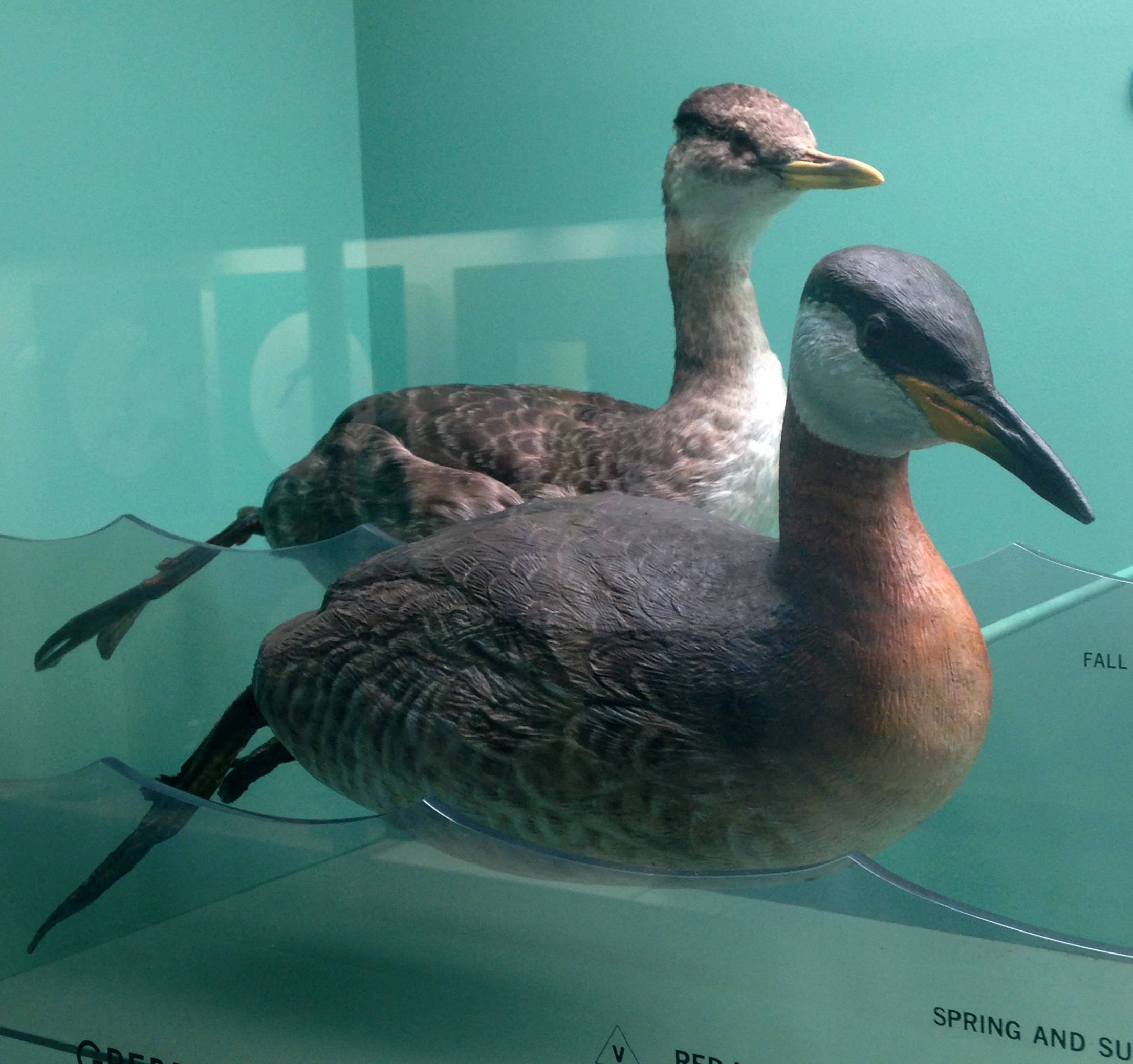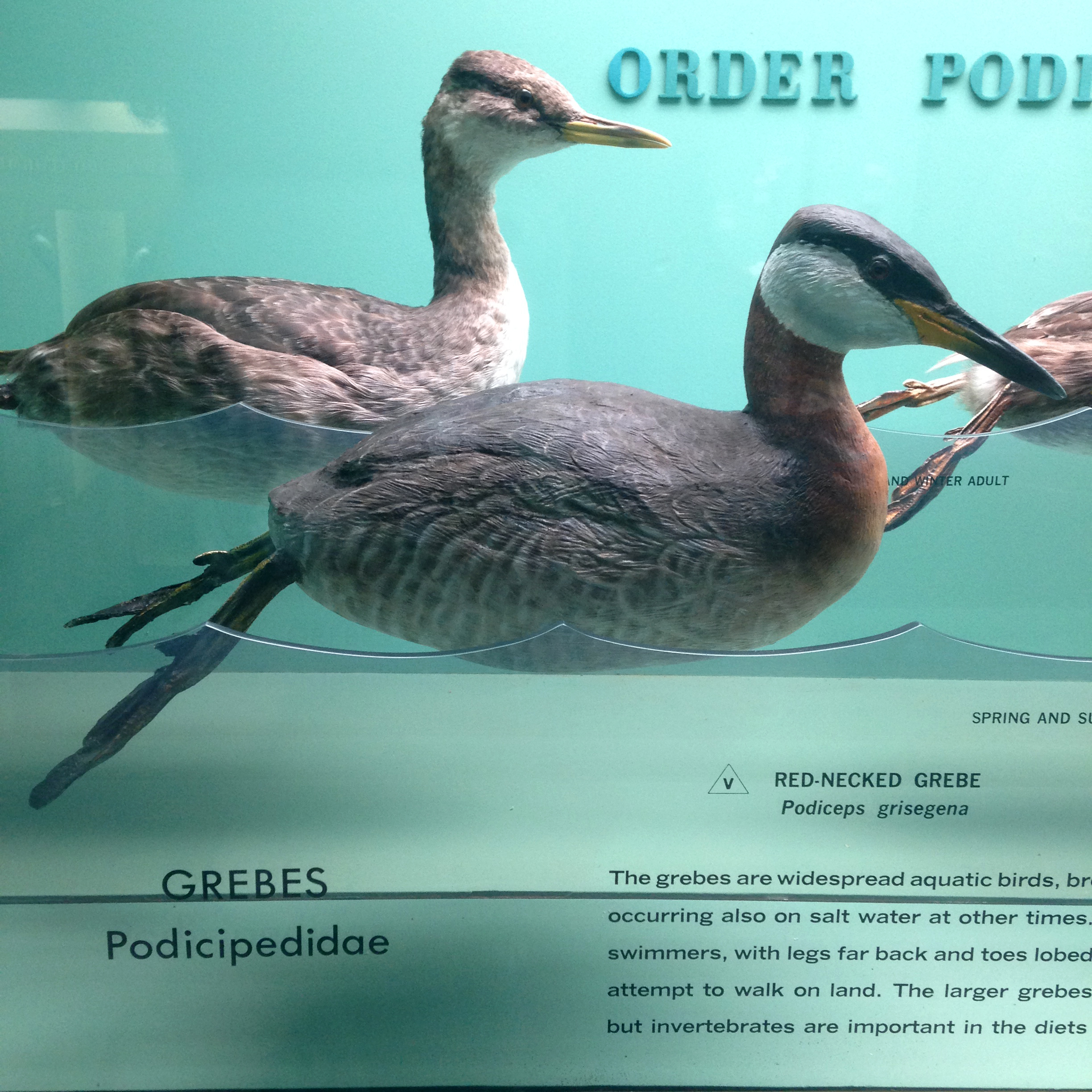Exhibits / Sculptural Work
While working at the Yale-Peabody Museum of Natural History, I worked with Michael Anderson and his team to create nearly a dozen lifelike sculptures for the Connecticut Bird Hall and North American Dioramas. Here are a few featured examples of that work along with some in-progress photos showing the techniques used to build them.
Museum of the Earth / Cayuga Nature Center / PRI
Six-Legged Science: Unlocking the Secrets of the Insect World (2022)
The exhibit features hundreds of specimens on loan from the Cornell University Insect Collection (CUIC), and aims to educate visitors of all ages about the diversity of insects and the value they provide for life on Earth.
My personal contribution was over 40 spot illustrations that were incorporated into the exhibit panels by exhibits director, Helaina Blume, to highlight human impacts on global insect populations, the history of insect evolution, and examples of individual insect lifecycles.
Bees! Evolution, Diversity, and Conservation (2019)
This ambitious exhibit was was developed and designed in conjunction with Bryan Danforth, Chair and Professor of the Department of Entomology at Cornell University. I worked in collaboration with the exhibit designer to create several large-format illustrations, interpretive panels, and interactives that explain bee evolution and behaviors.
The Secrets of Skull: From Titanoboa to Tuatara (2018)
Illustrations for the exhibit interpretive panels highlighting both the diversity and similarity of vertebrate skull anatomy.
“For over 400 million years, nature has shaped a structure to protect the brain and sensory organs in vertebrates. The skull, shaped and modified by millions of years of adaptation, is a thing of complexity and beauty. Although skulls vary in size and structure, there is similarity among this diversity throughout the over 65,000 vertebrate species alive today.”
Yale-Peabody Museum
Acadian Flycatcher
This Acadian Flycatcher was my first foray in wood bird carving and required the most research to create due to an absence of good specimens. Ultimately, it was created using a combination of wood, wood burning, wax, plastics, and taxidermied legs. It was painted by me using acrylic and powder pigment.
American Bittern
This American Bittern is destined for the North American wetlands diorama, where it will be hiding in the tall grass. This was my second sculpture for the museum and was roughed out in clay before being cast in plastic with a wax shell. The primaries were carved from wood and the beak and legs are cast in epoxy resin by Micheal (with brass talons). Painted in oils by my coworker, Linda. Painted in oils by my coworker, Linda.
Cinnamon/Green- Winged Teal
I created the original sculpture and mold for this Cinnamon teal. By modifying the original, we managed to cast a total of five different teals using the same mold to show plumage variation and sexual dimorphism. Cast in plastic with a foam core (modifications in wax). The primaries were carved from wood and the beak and legs are cast in epoxy resin by Micheal. Painted in acrylics by my coworker, Colin.
Black Guillemot
The winter plumage Black Guillemot was my first sculpture for the museum. I used the existing taxidermy mount for measurements and did the rough sculpt in clay. After the mold was made, the final was cast in plastic with a thin shell of wax. The primaries were carved from wood by Michael and the beak and legs are cast in epoxy resin by me. Painted in oils by my coworker, Linda.
Red-Necked Grebe
The red-necked grebe was a particular challenge - suggesting the slight crest on the head and attaching the legs convincingly required a good deal of troubleshooting. I based the measurements off of the female mount and did the rough sculpt in clay. This was also my first attempt at mold-making. The head and body were cast separately in plastic with a thin shell of wax. The primaries were carved from wood and the beak and legs are cast in epoxy resin by Micheal. Painted in oils by my coworker, Linda.
